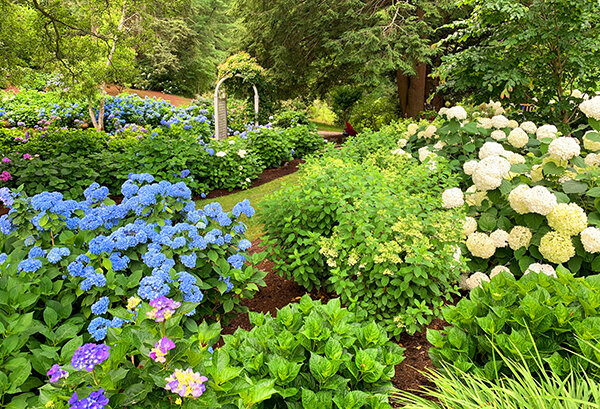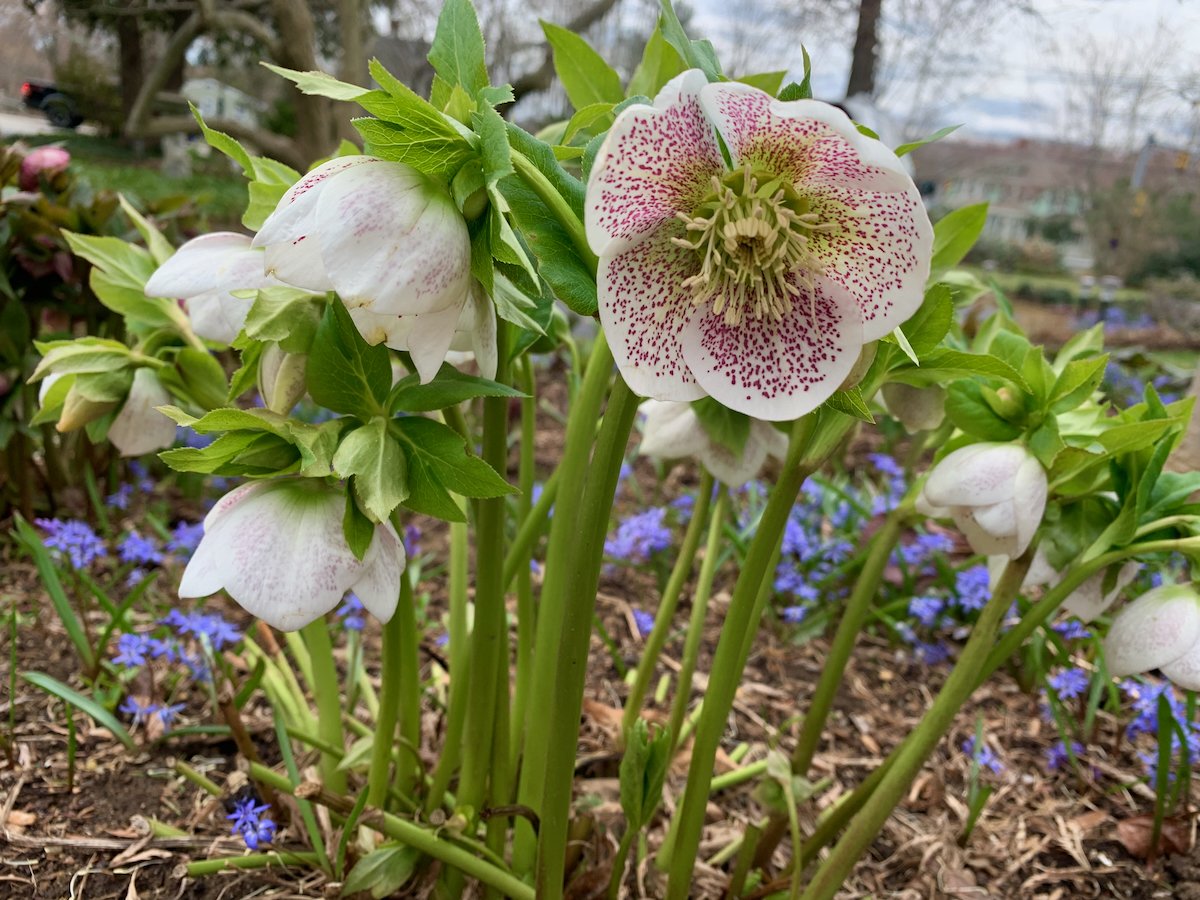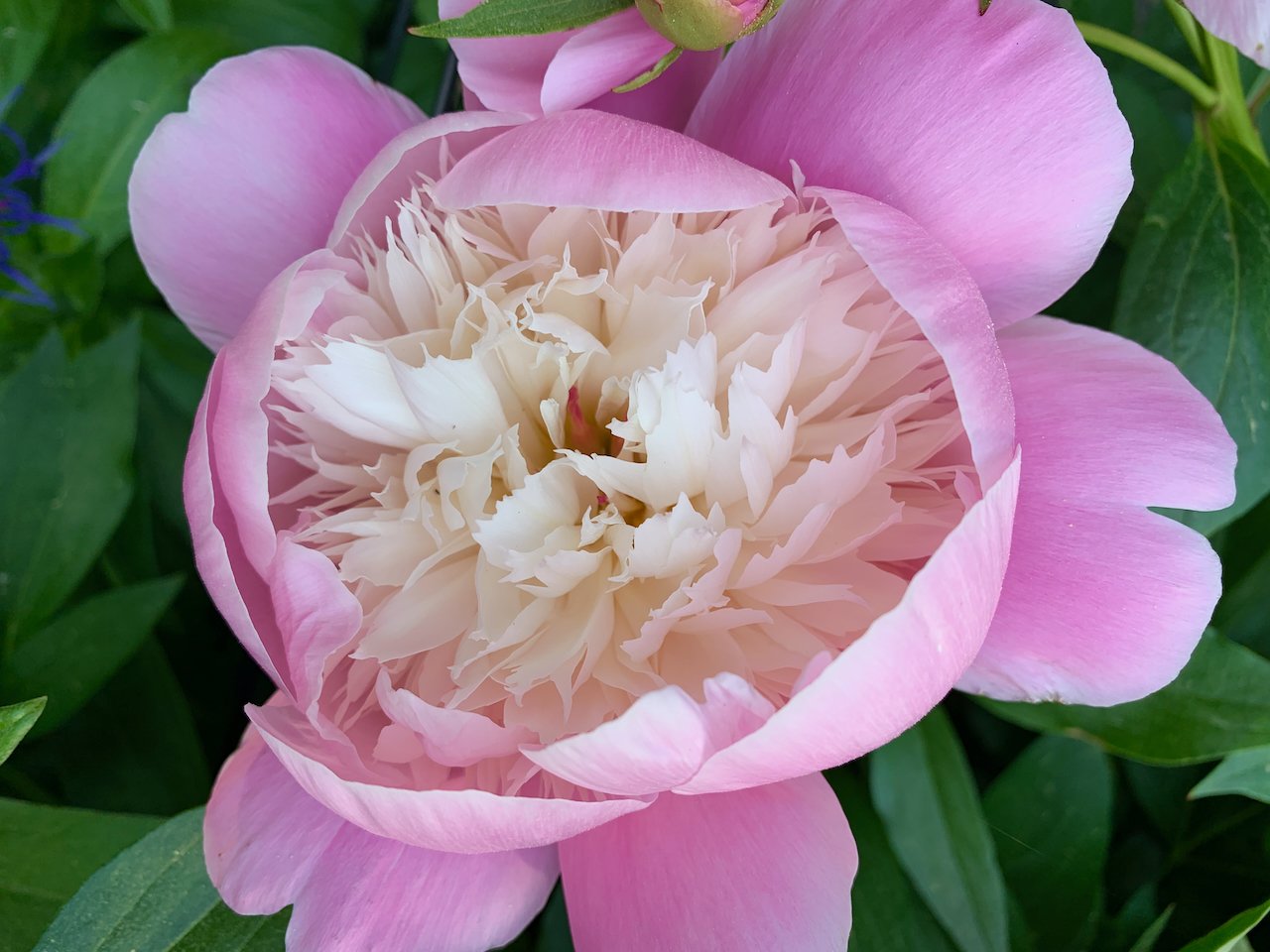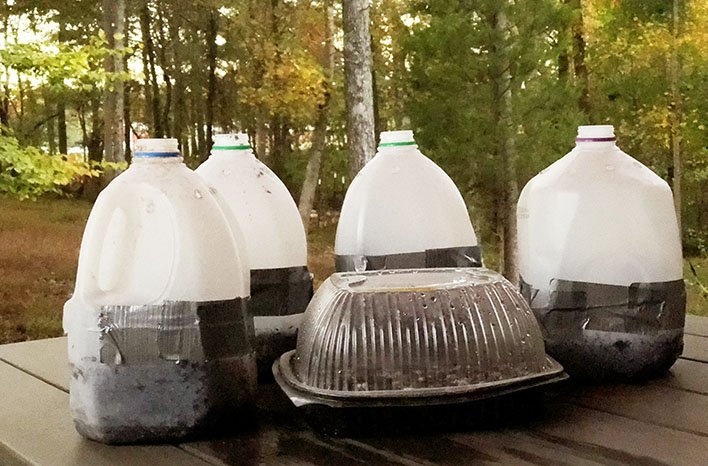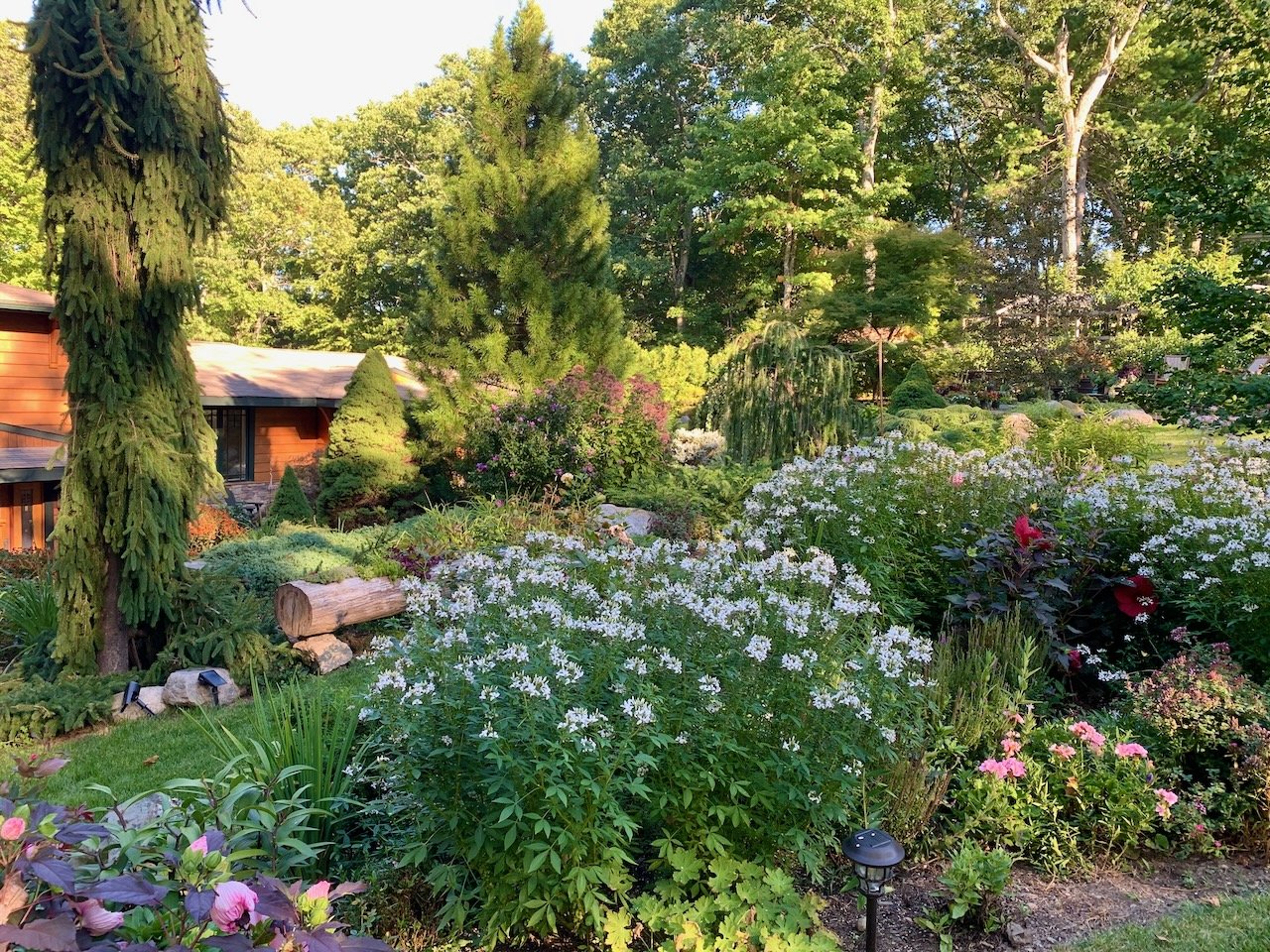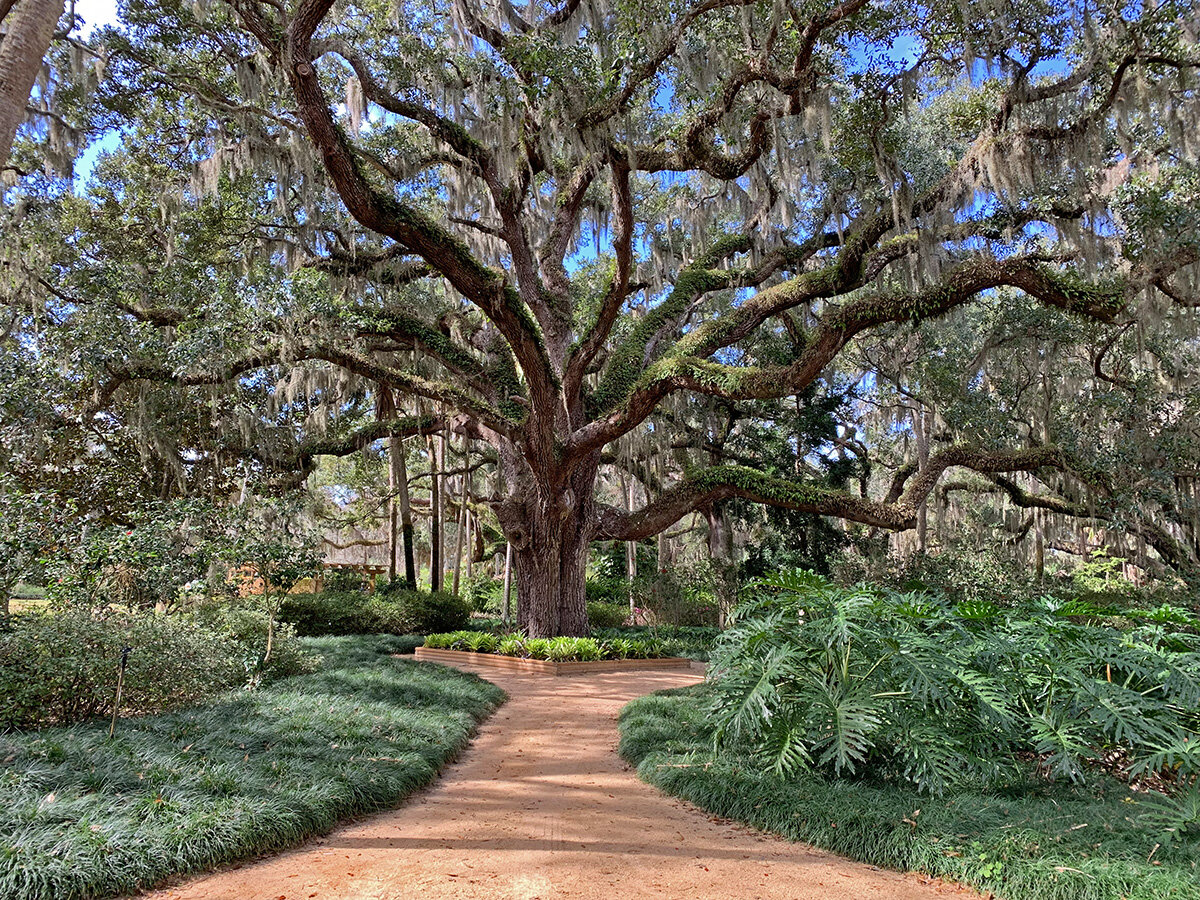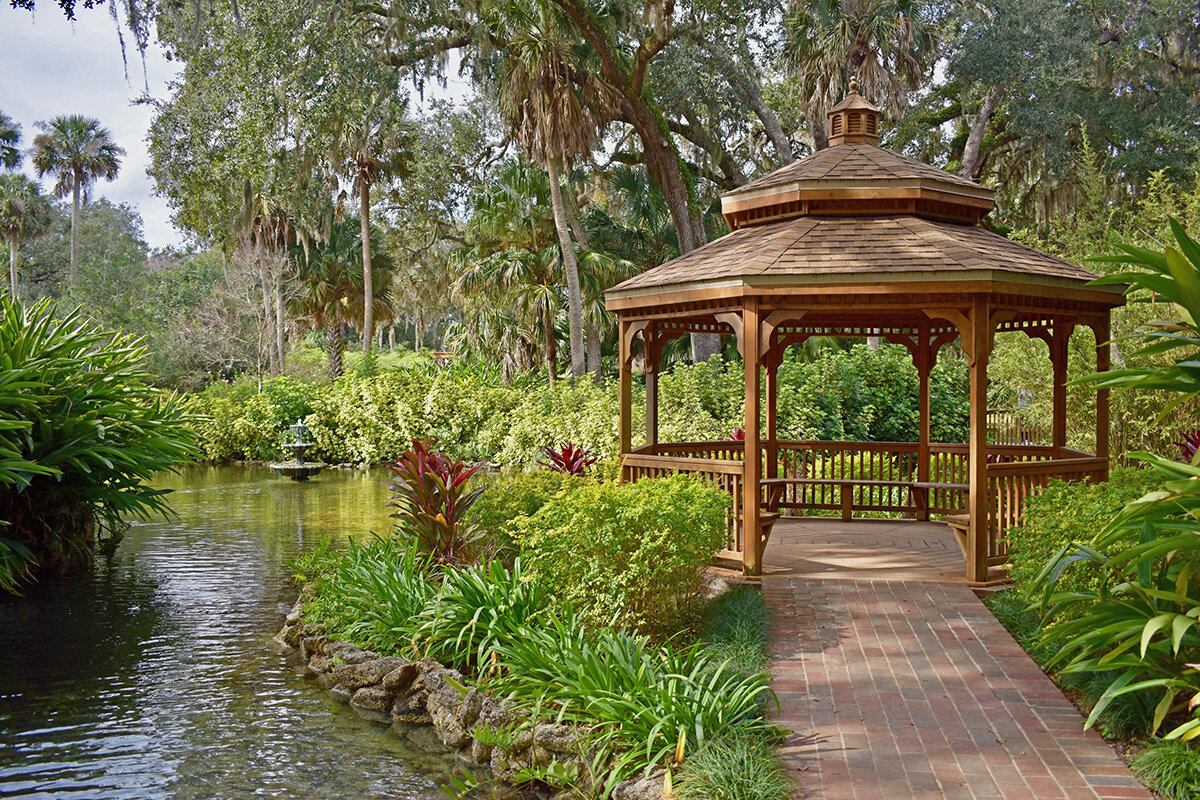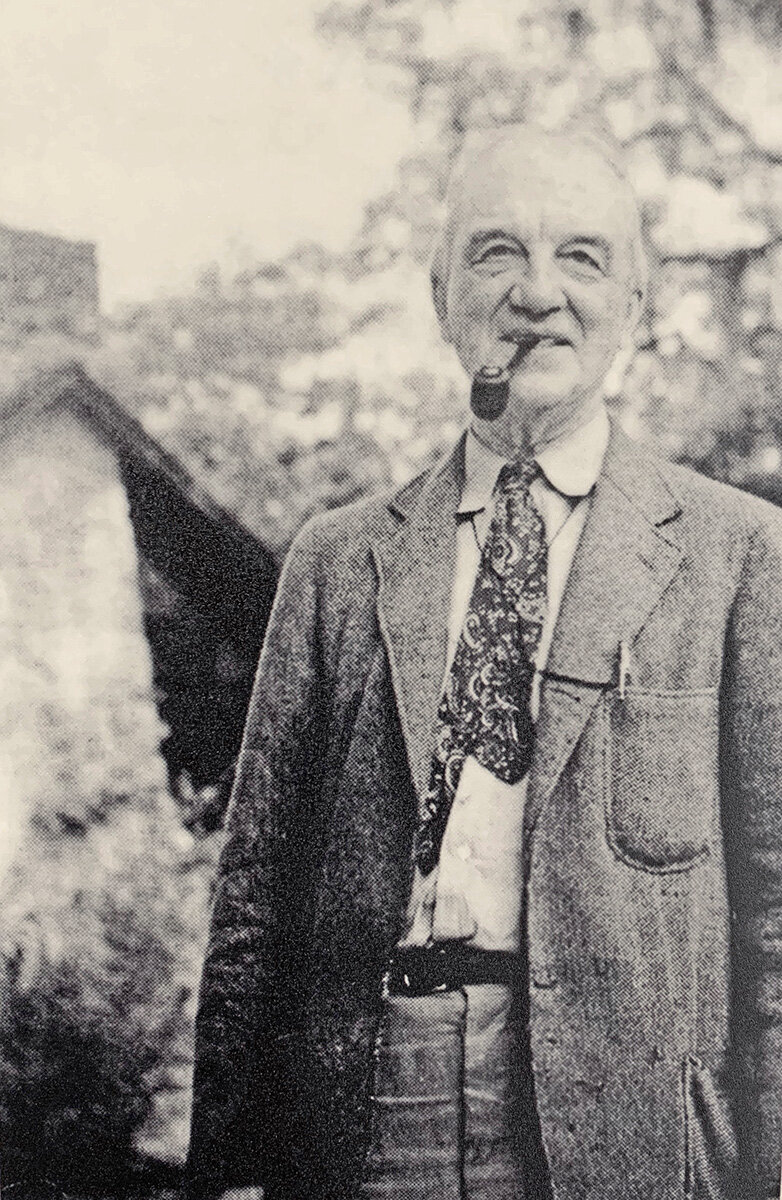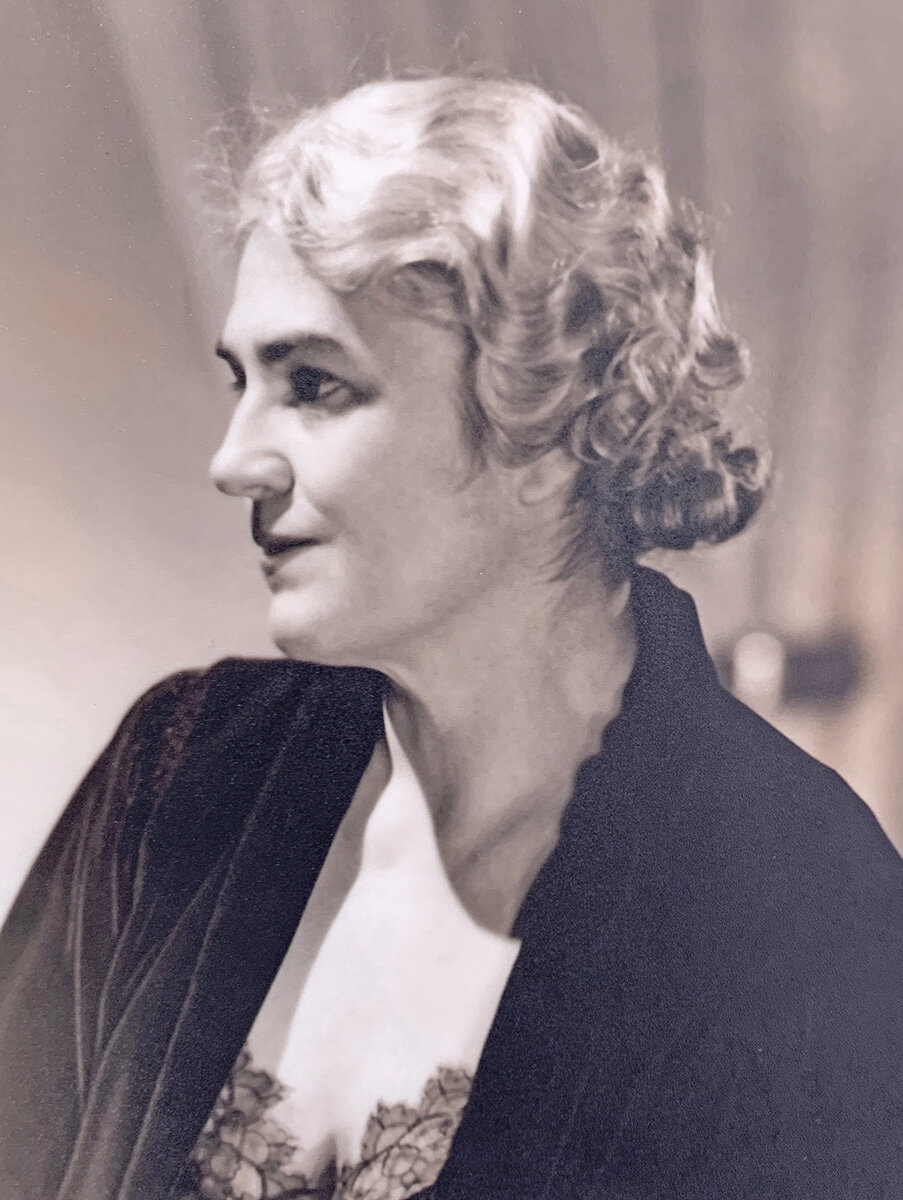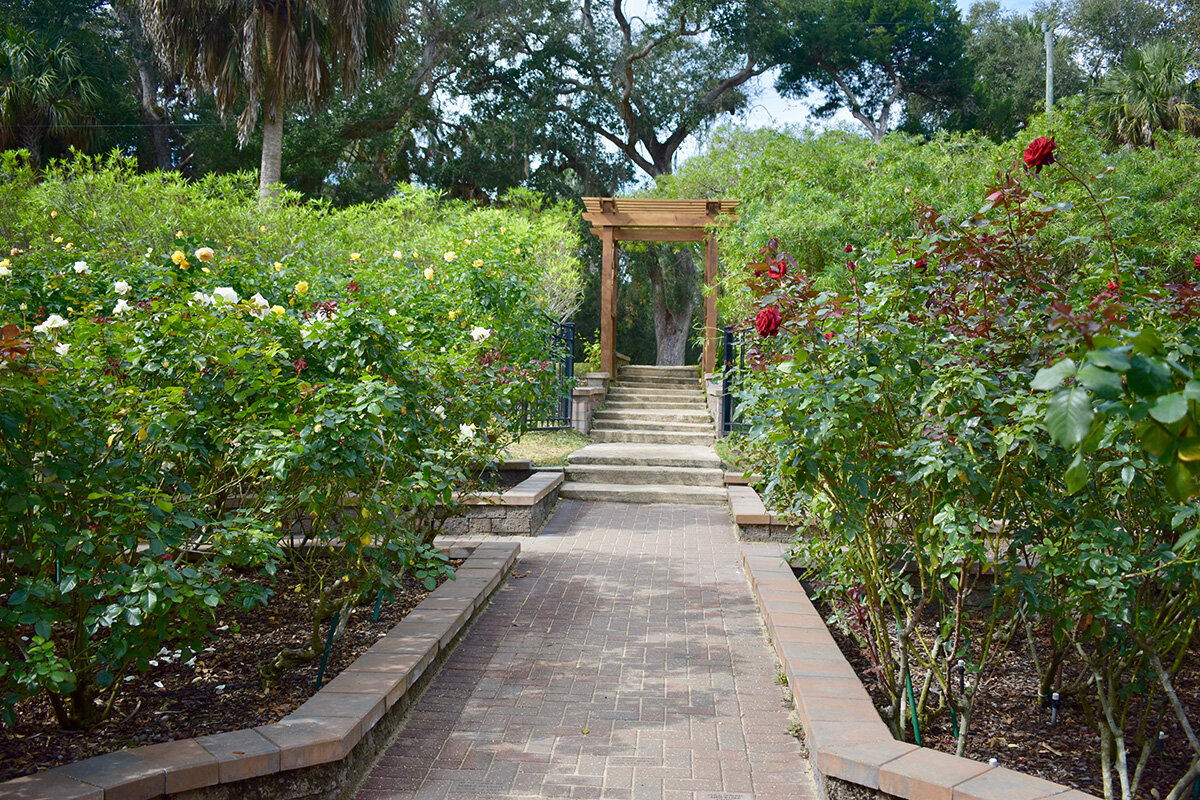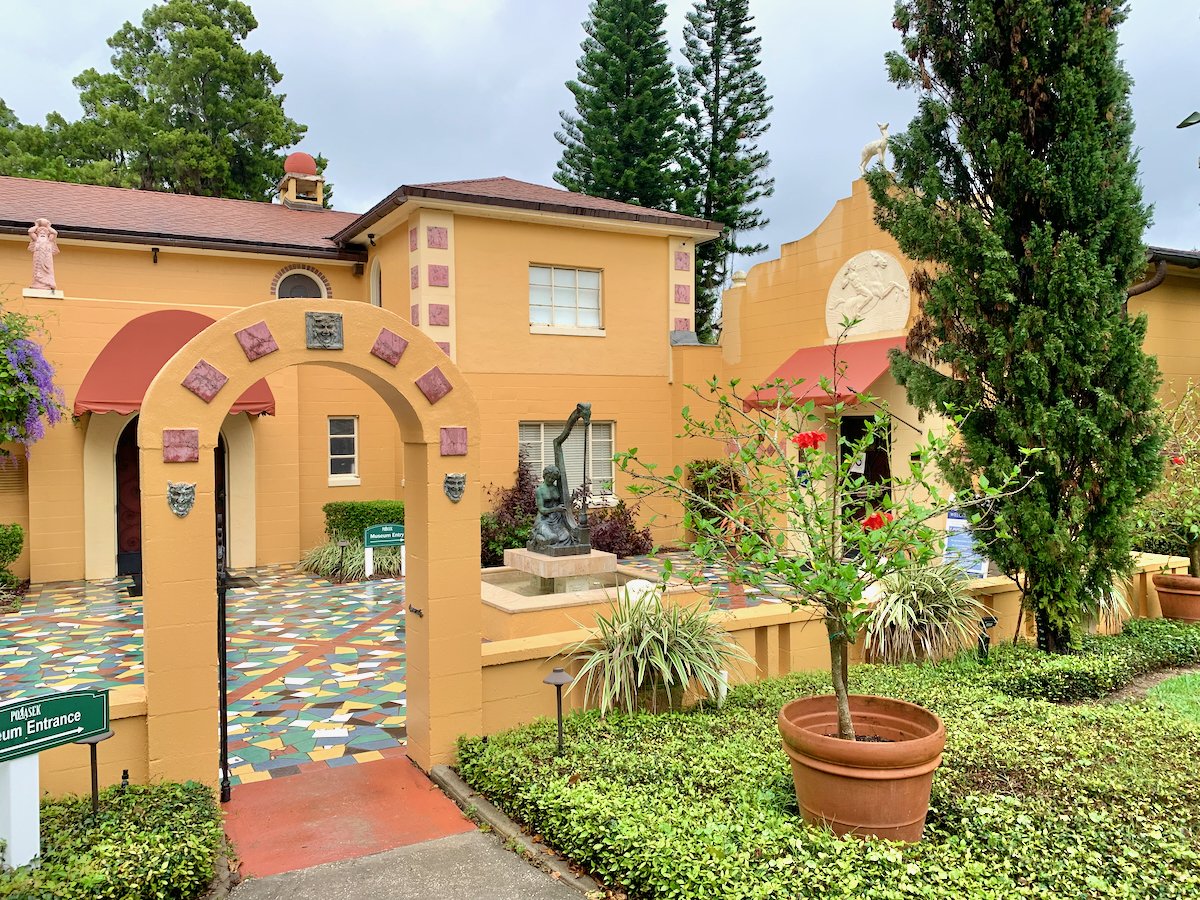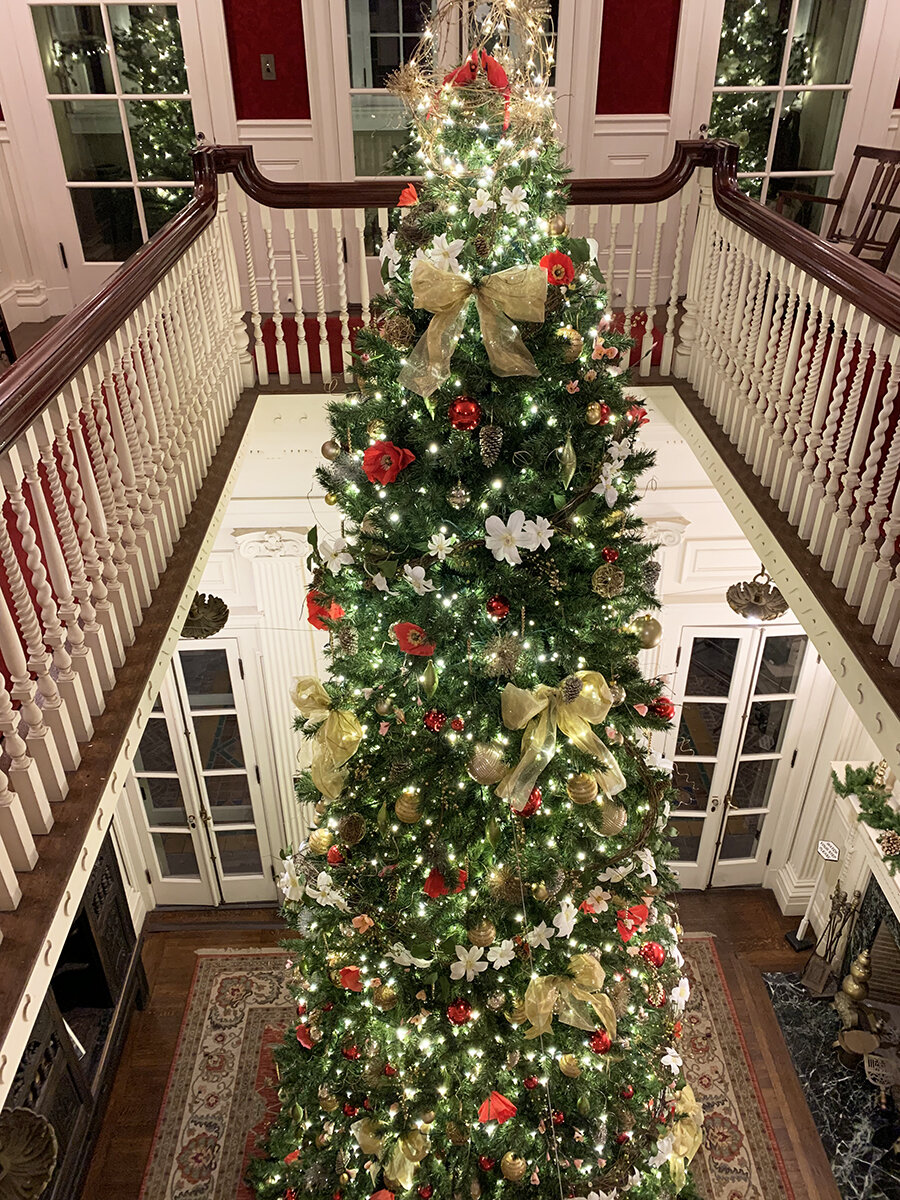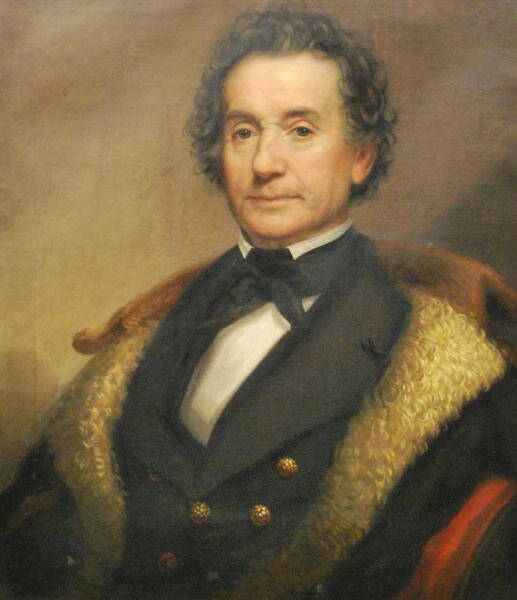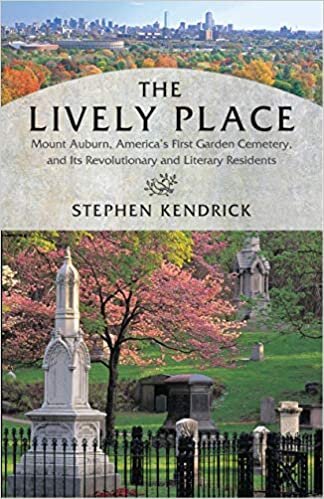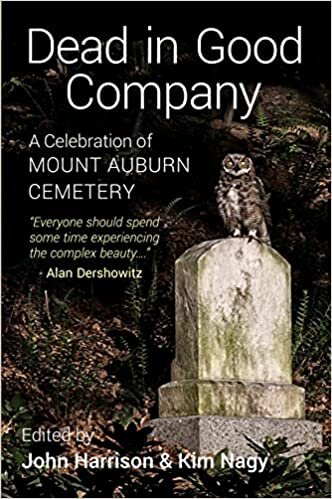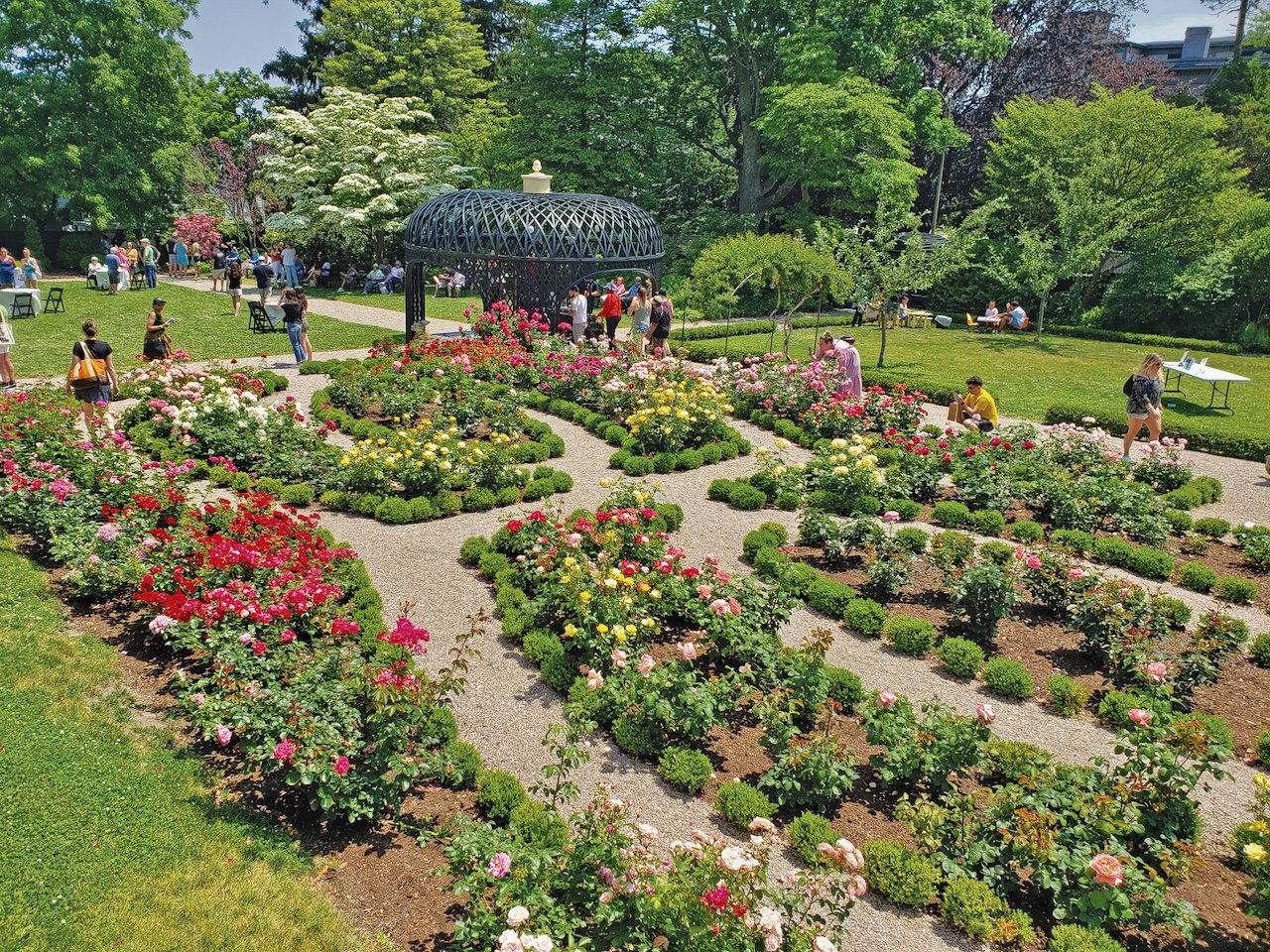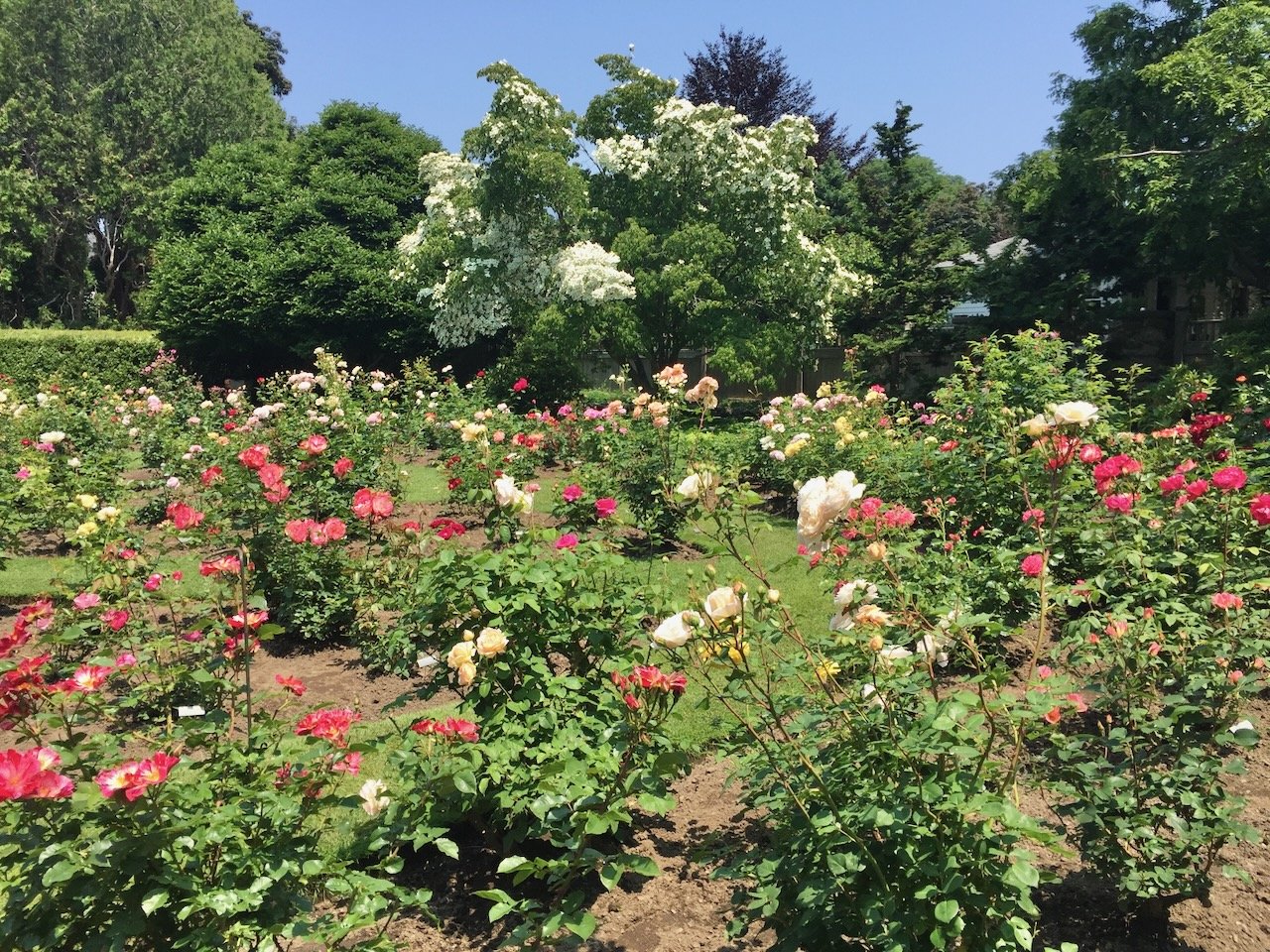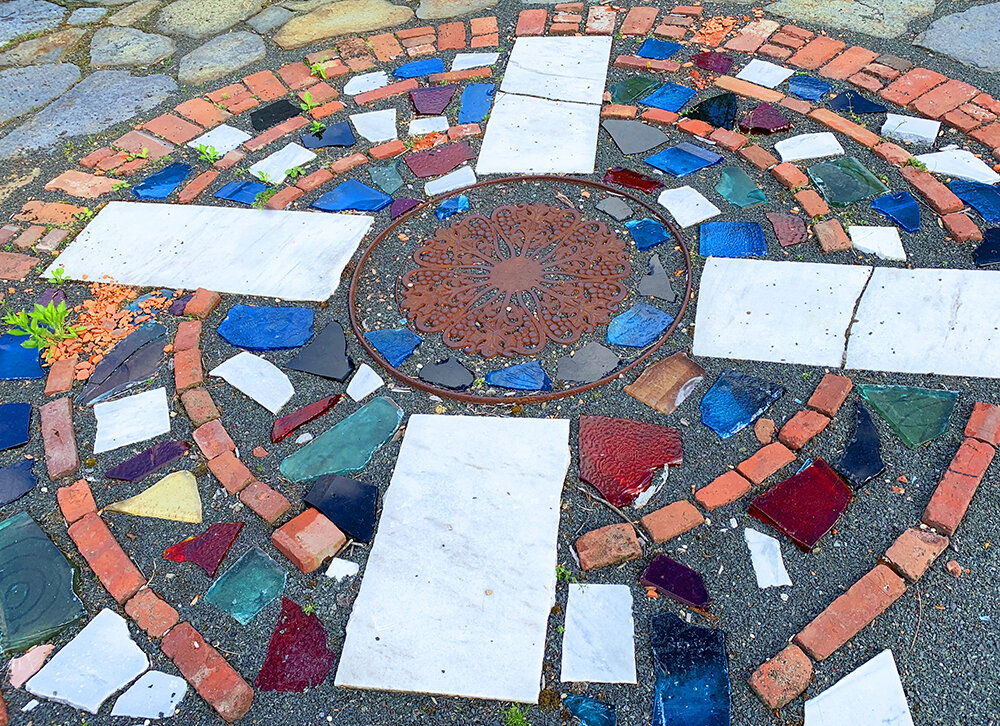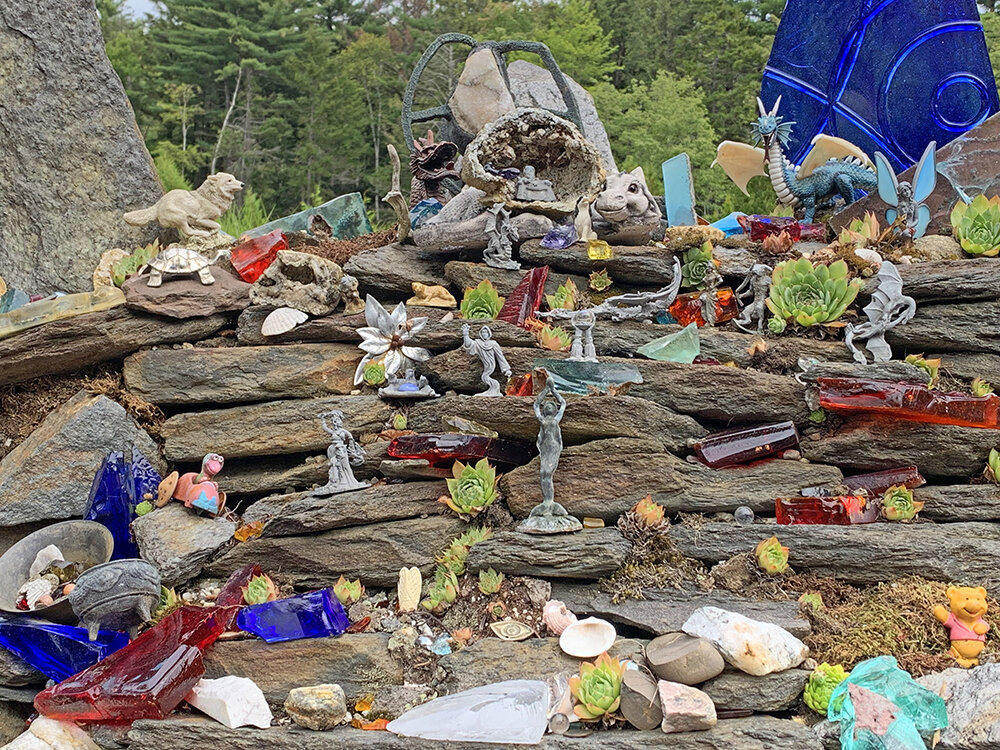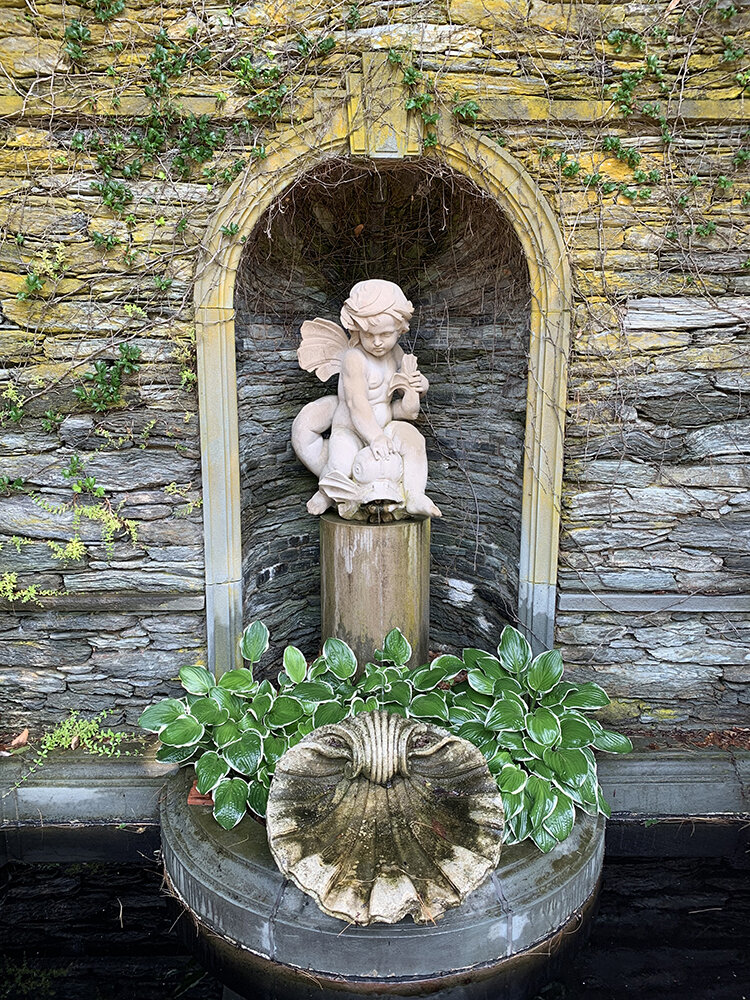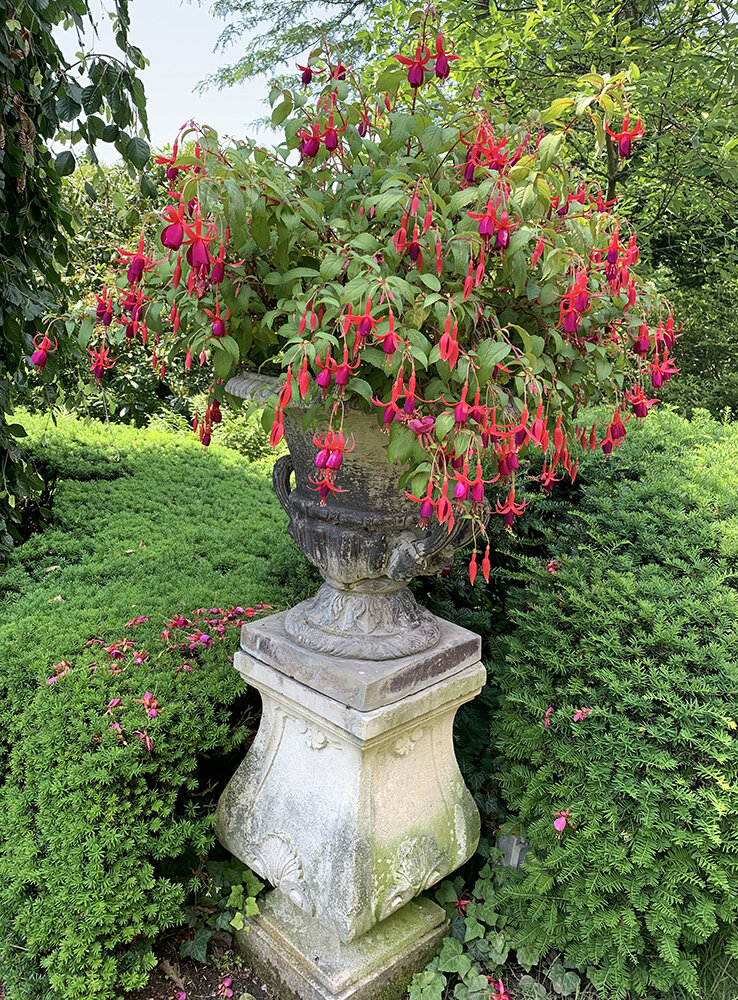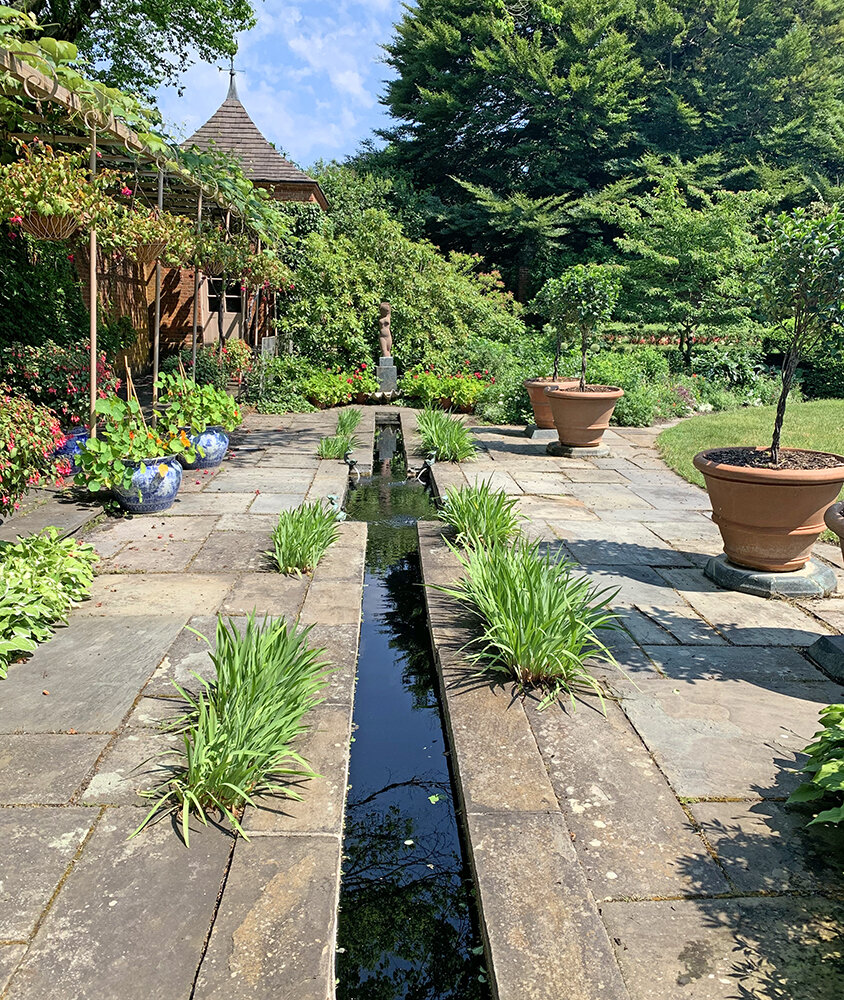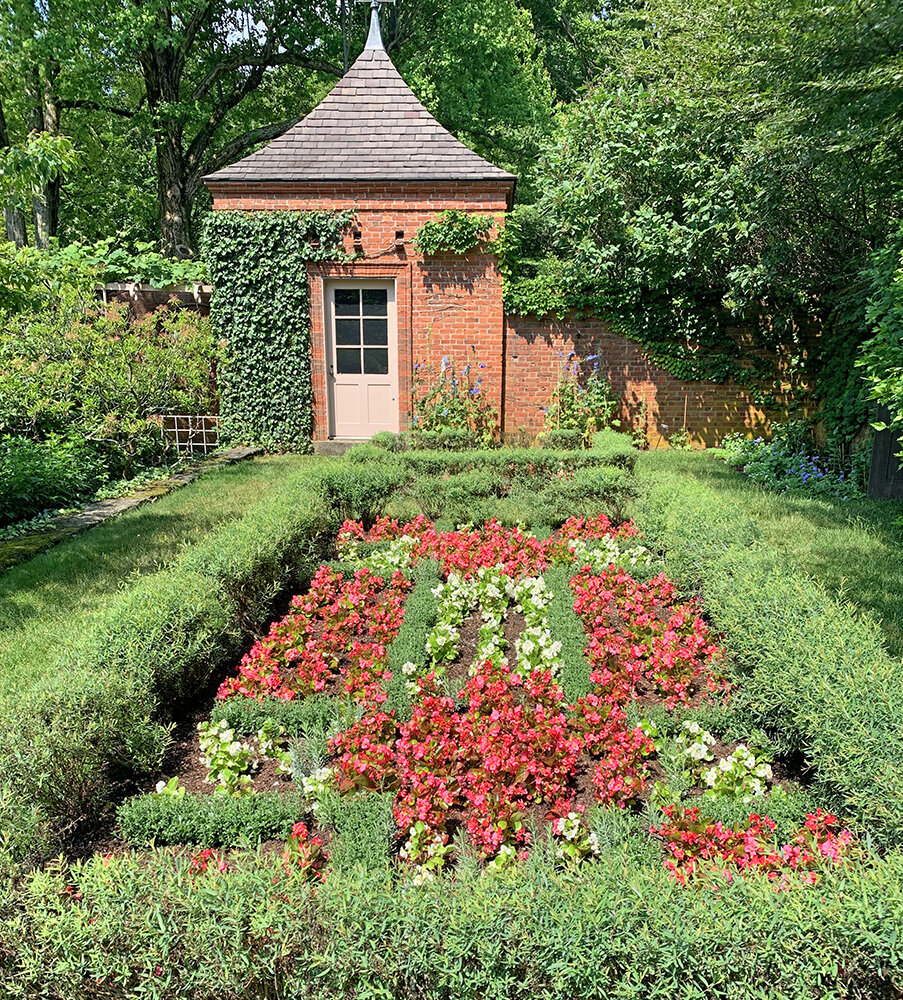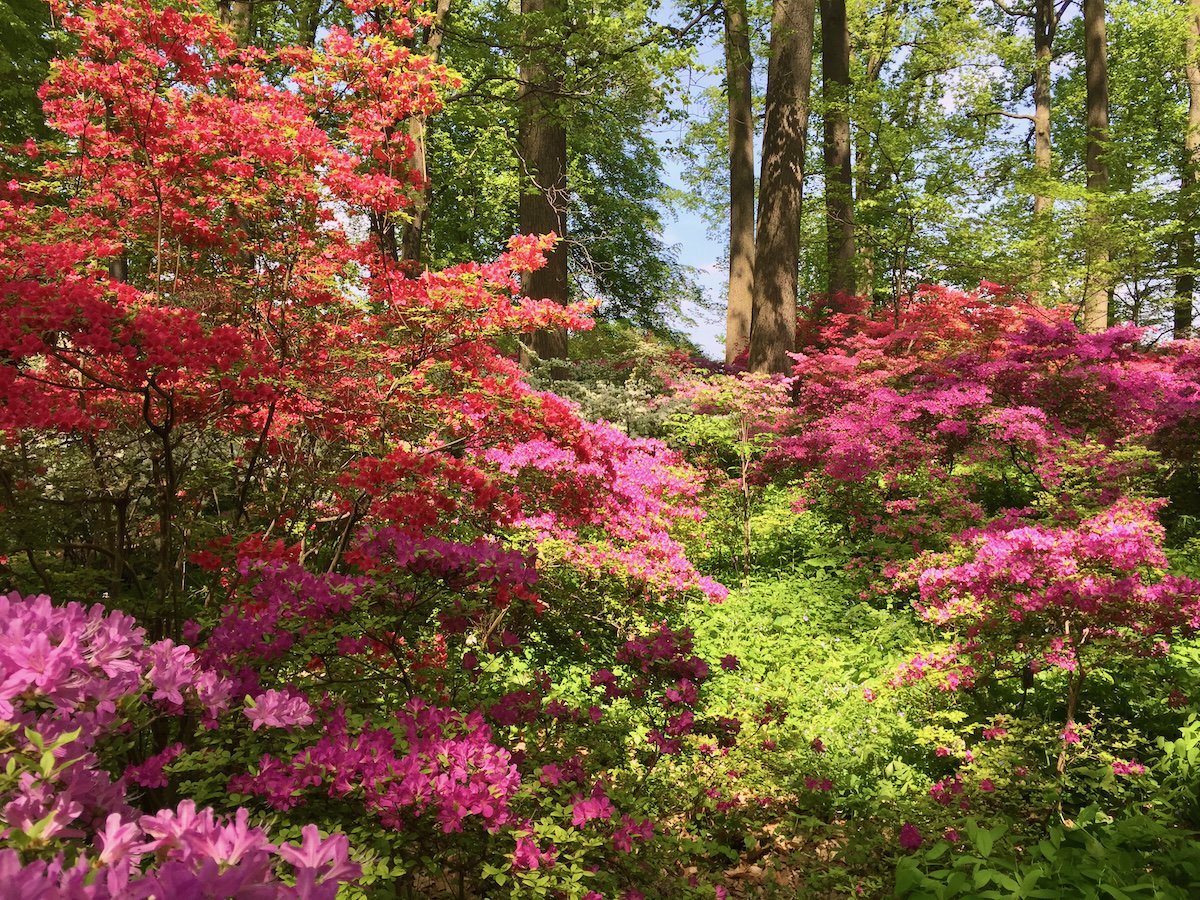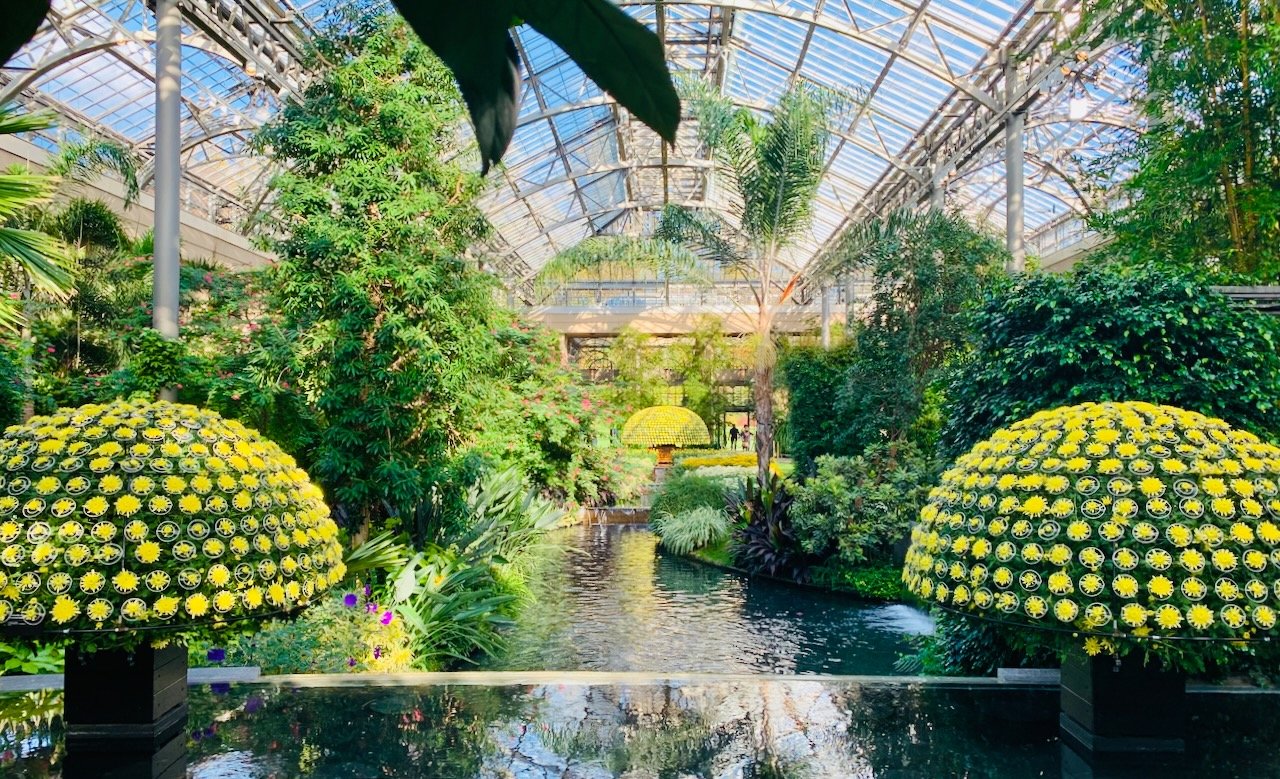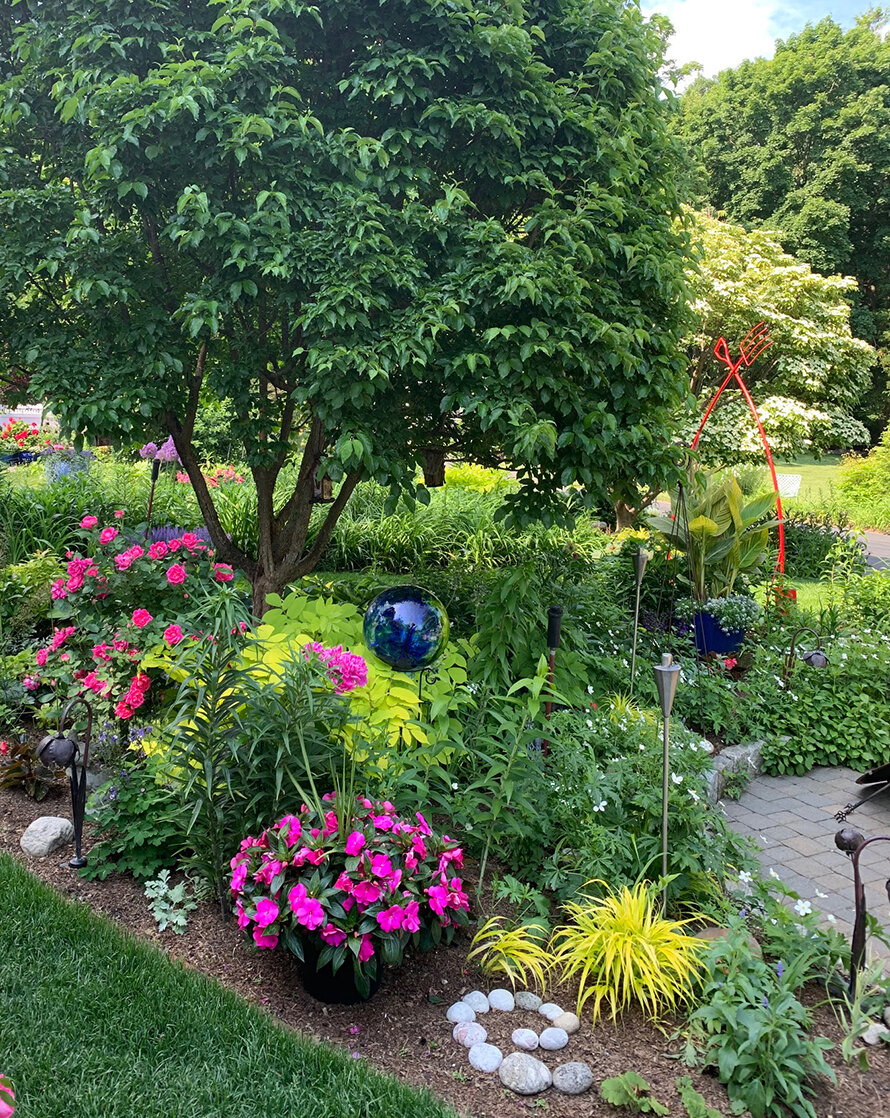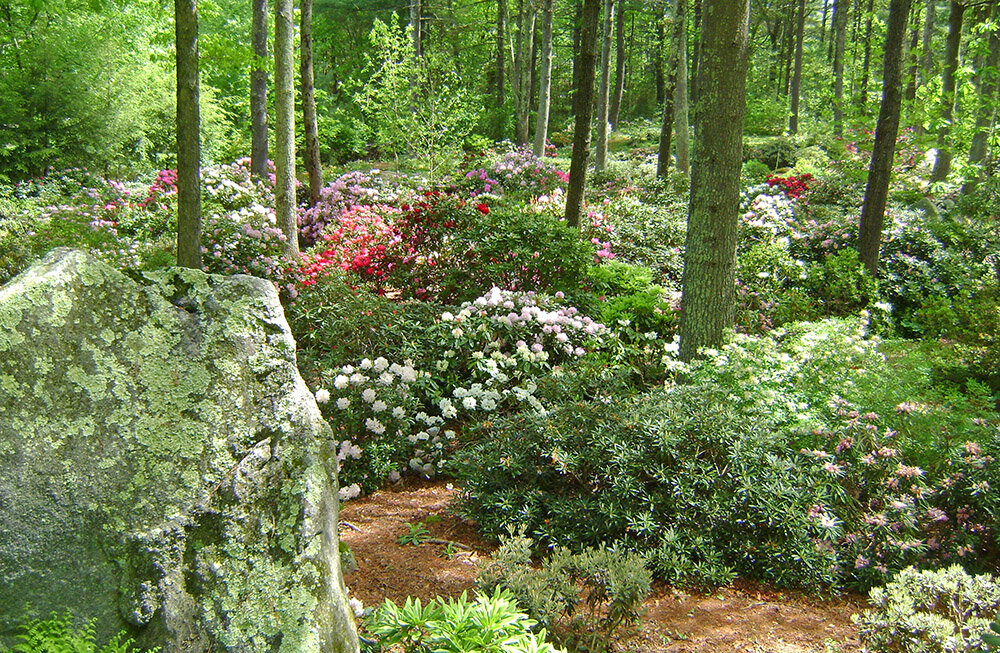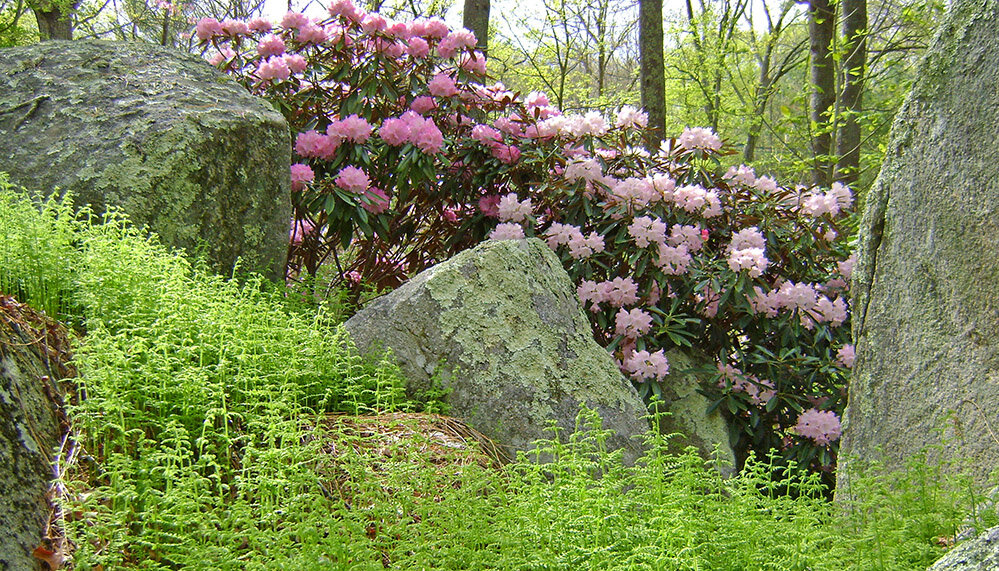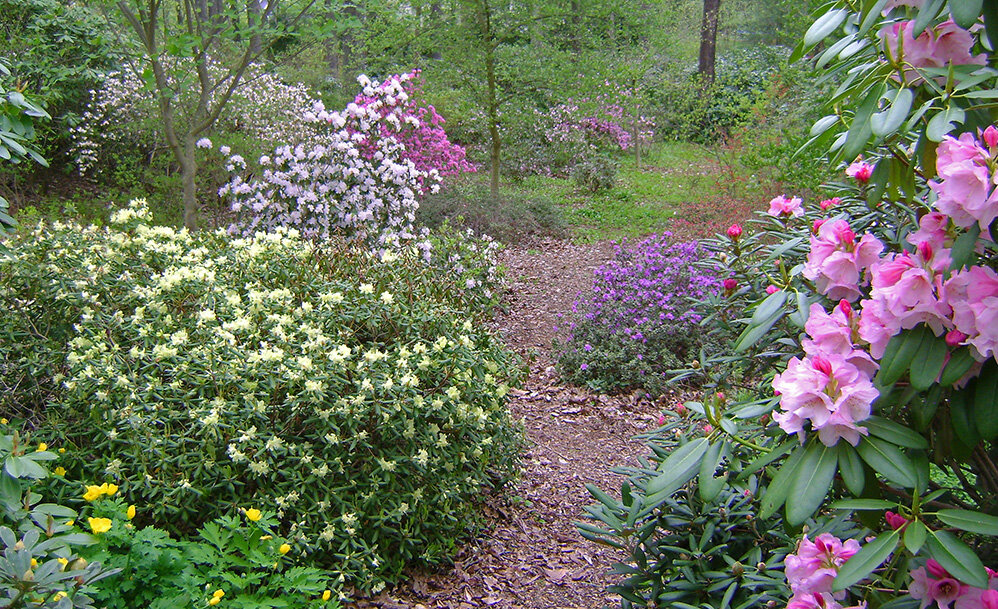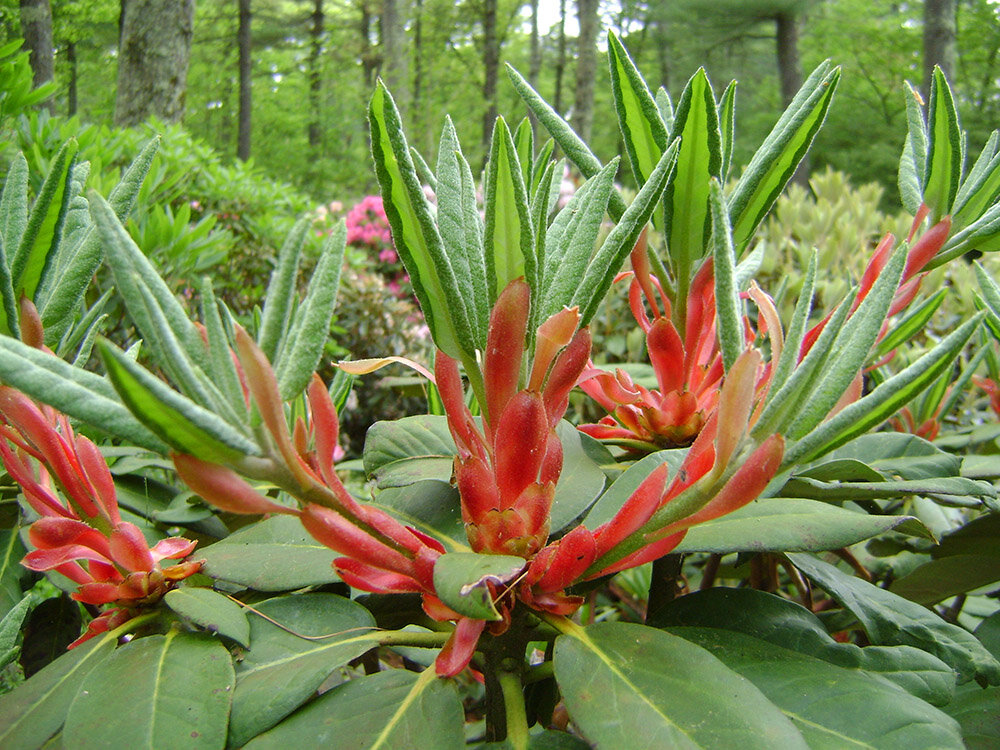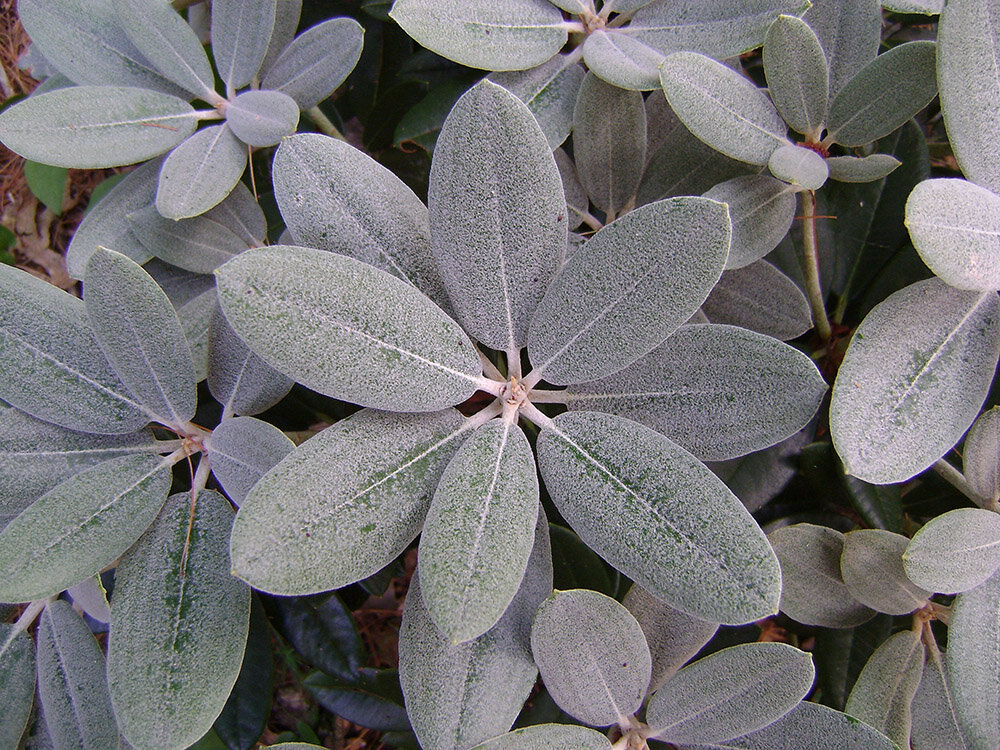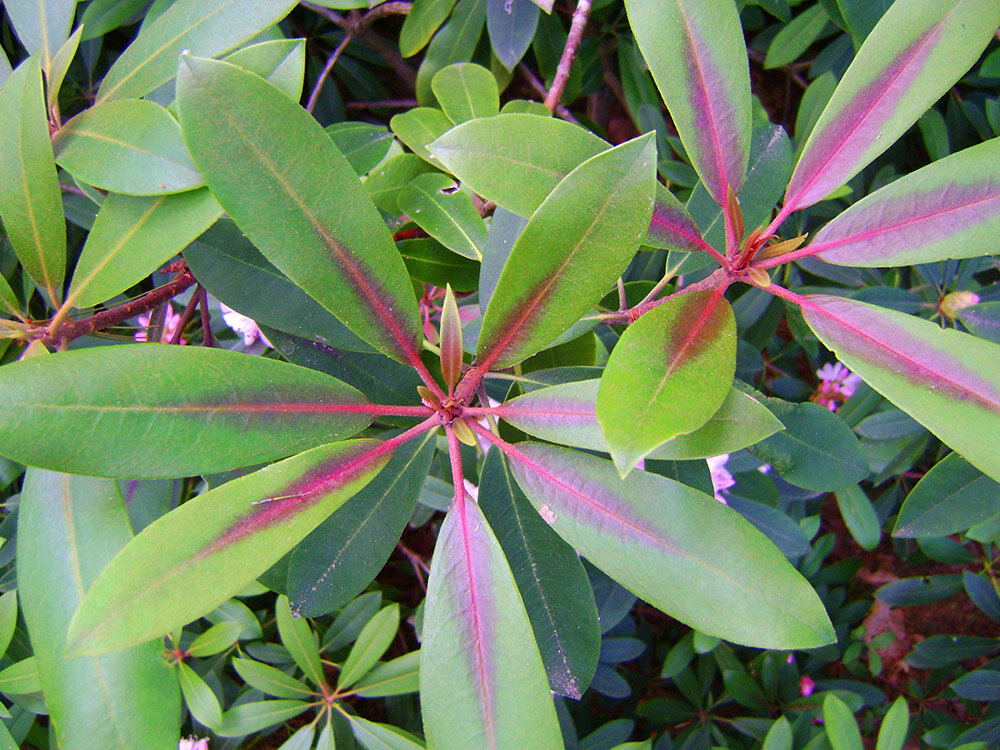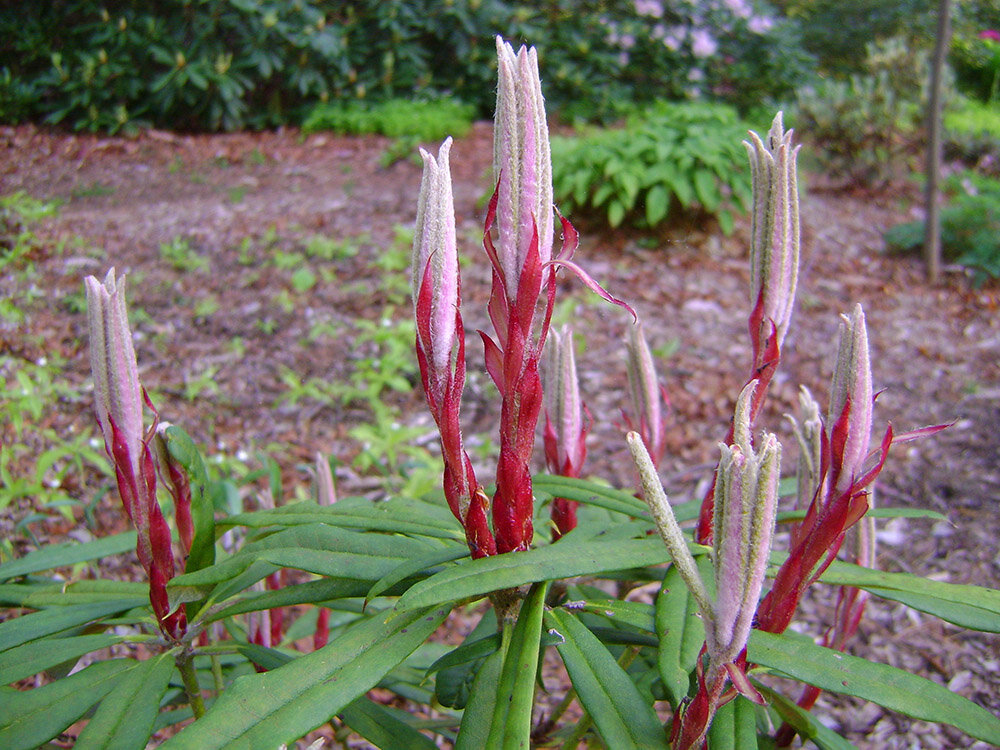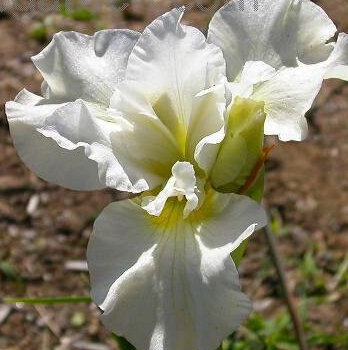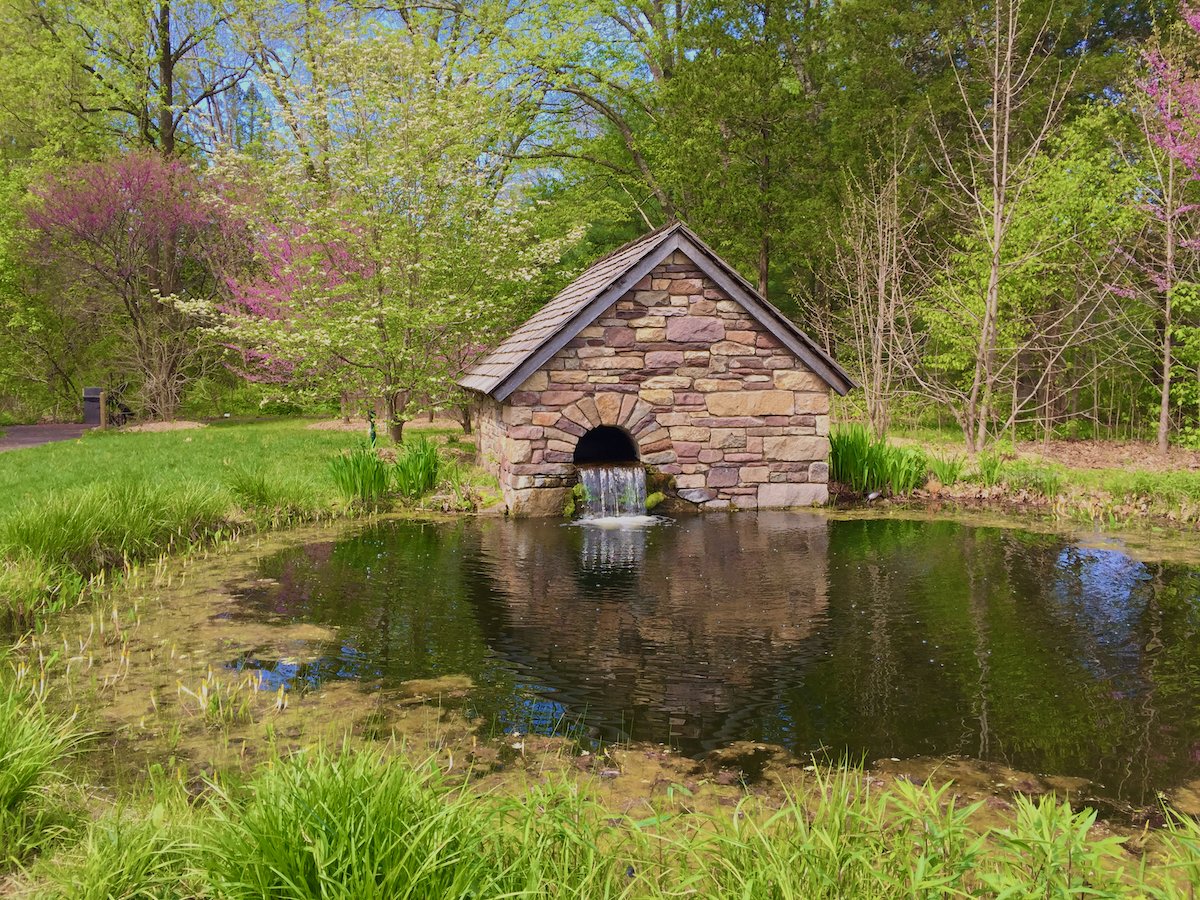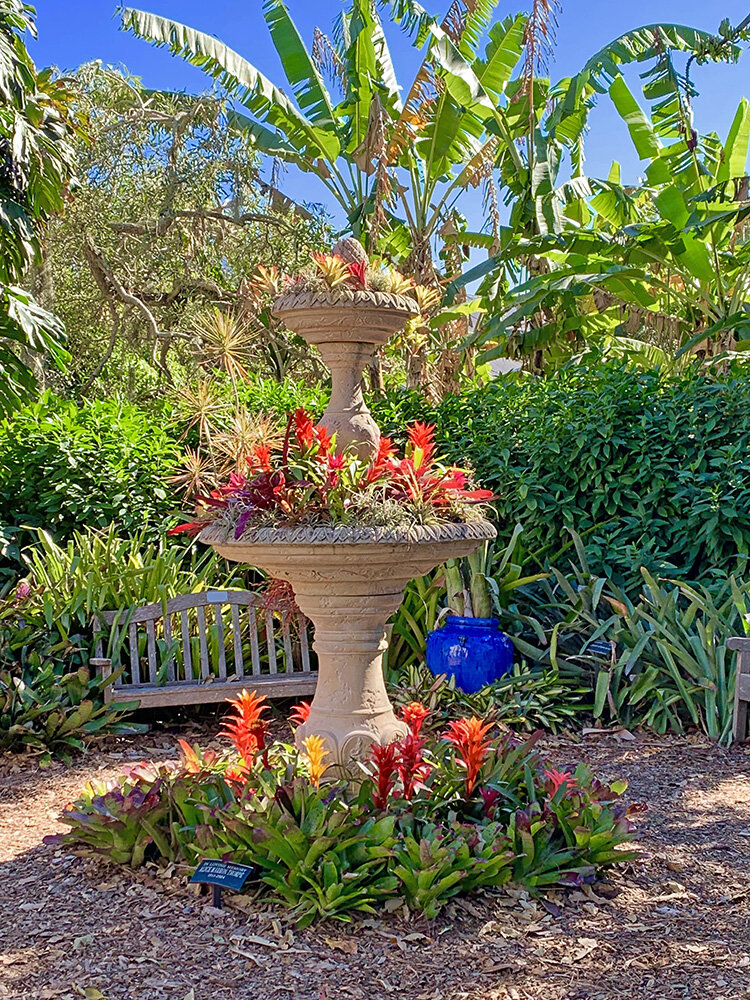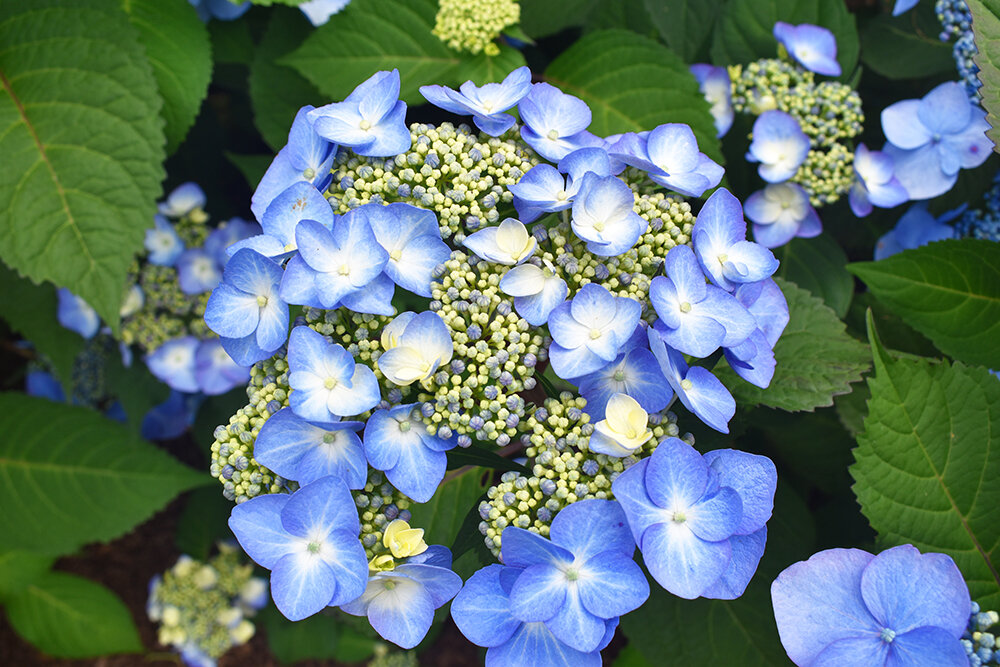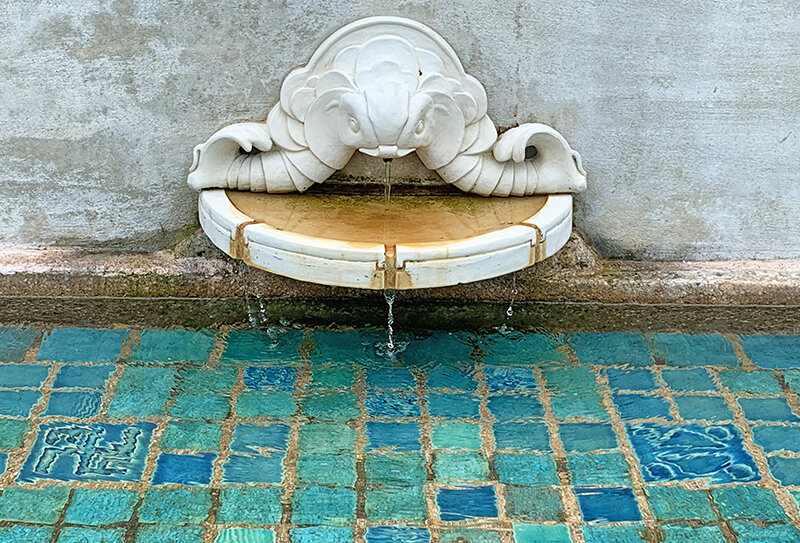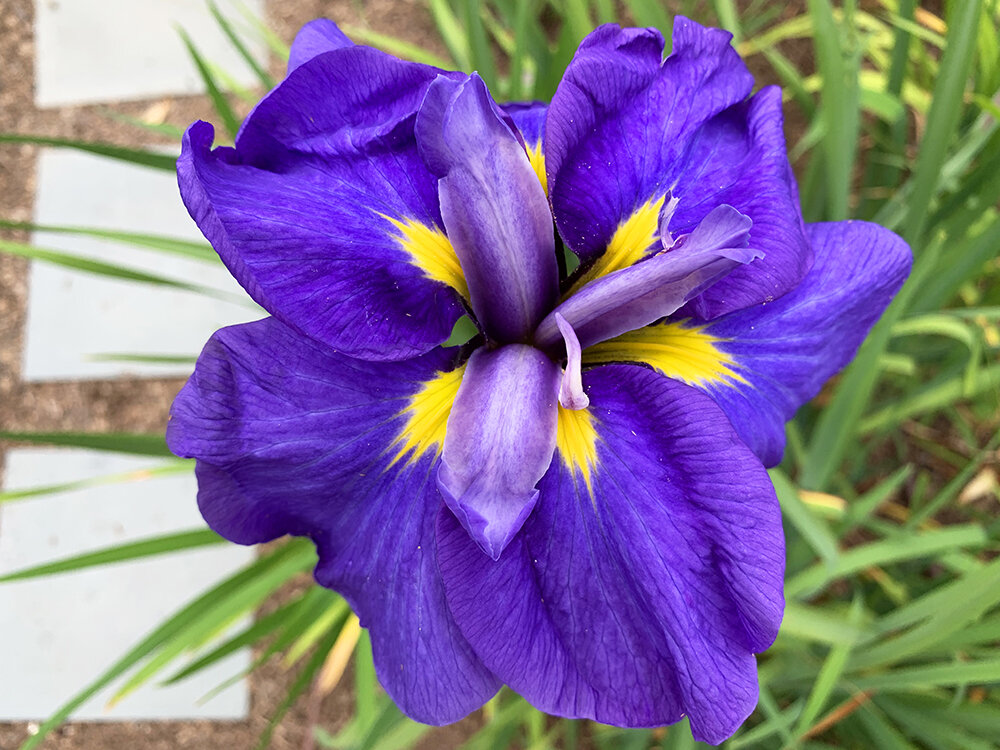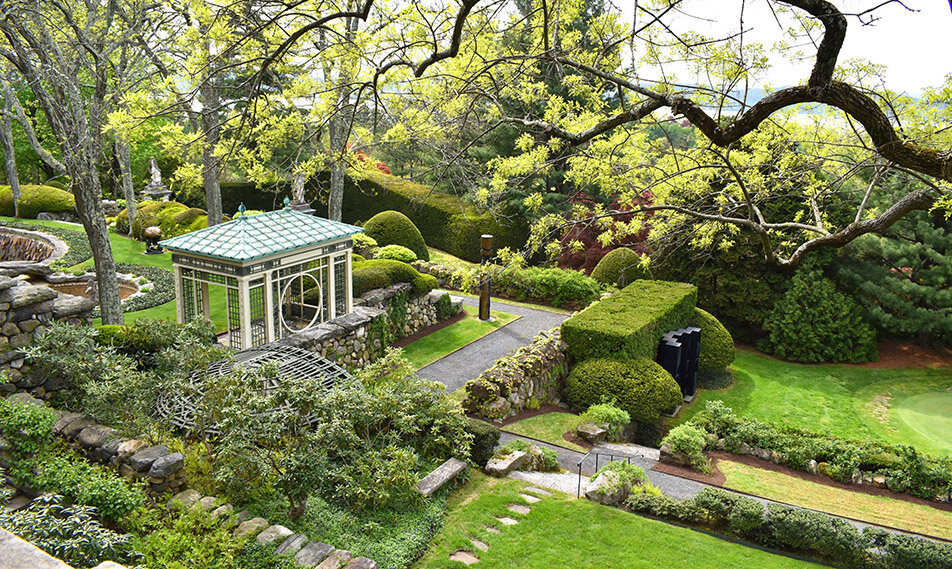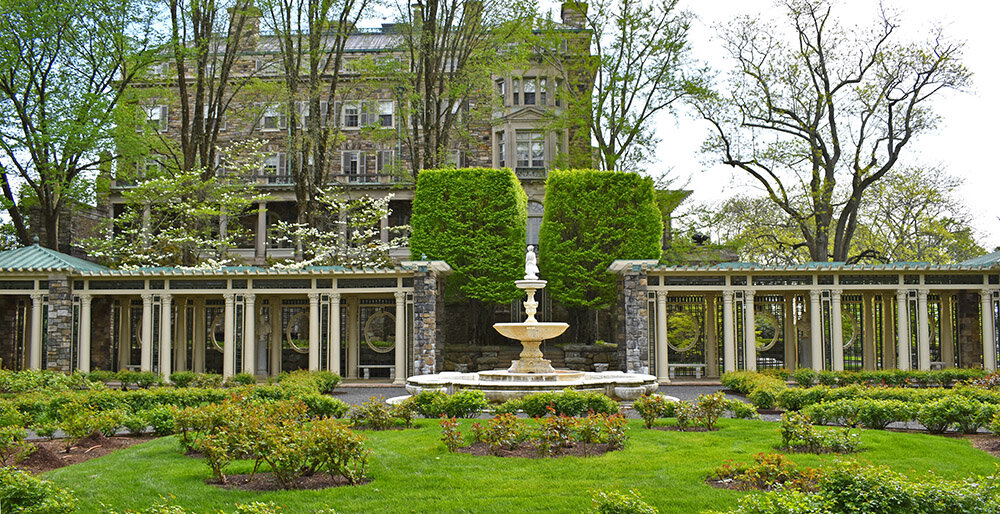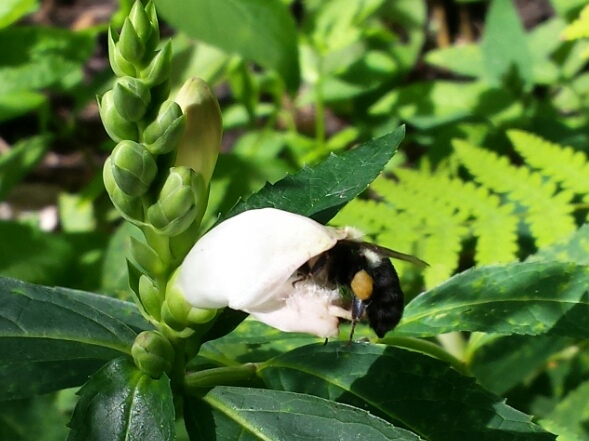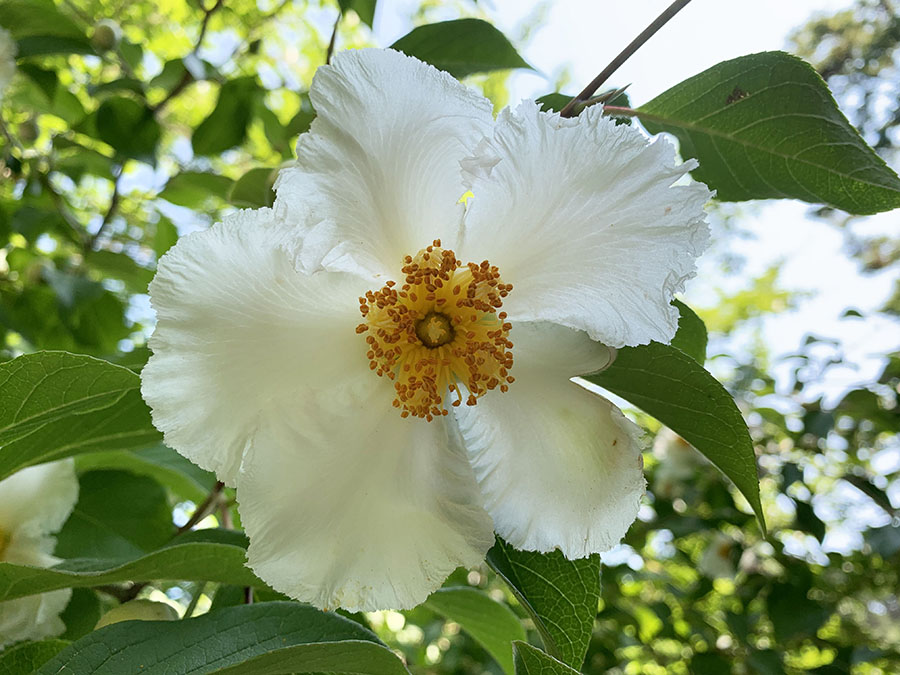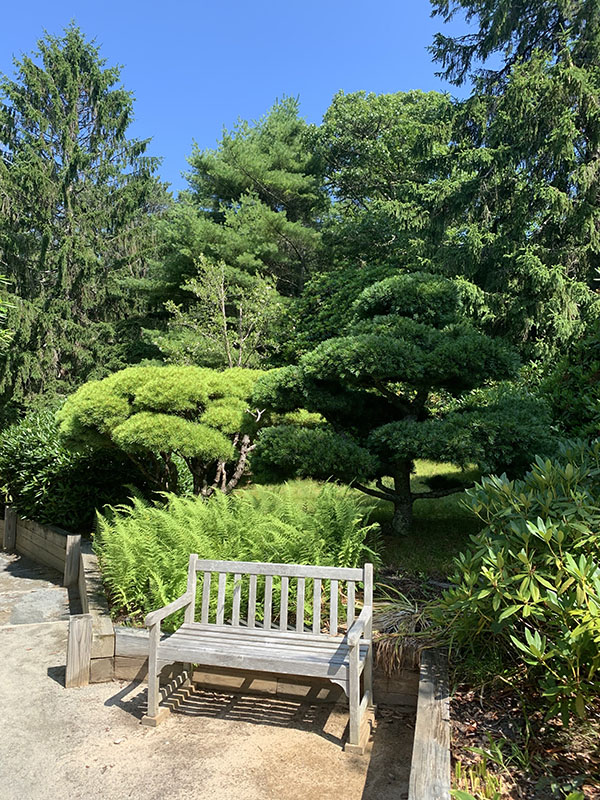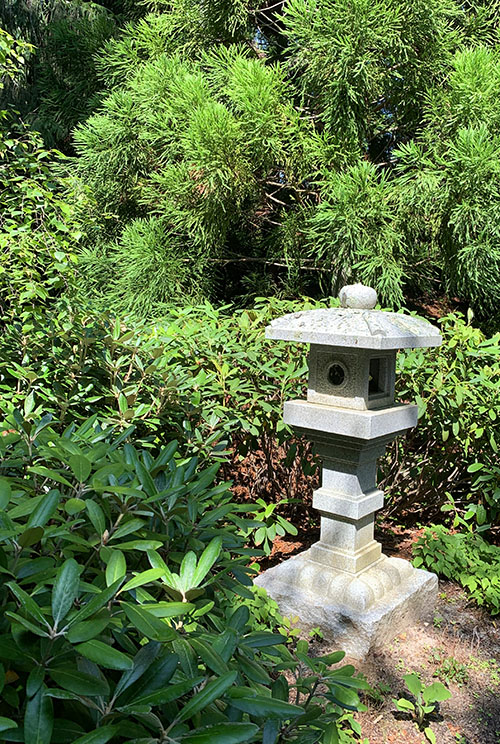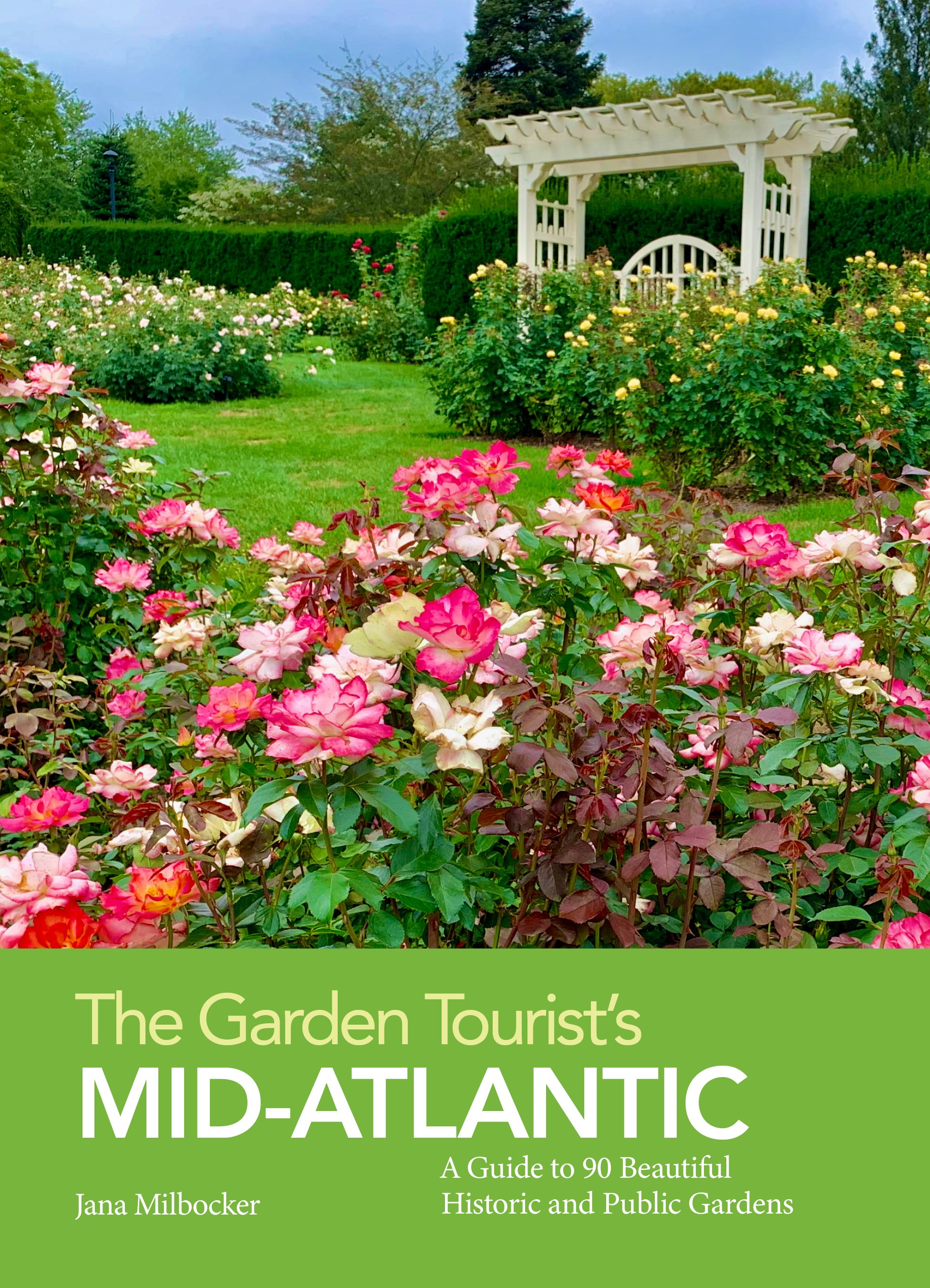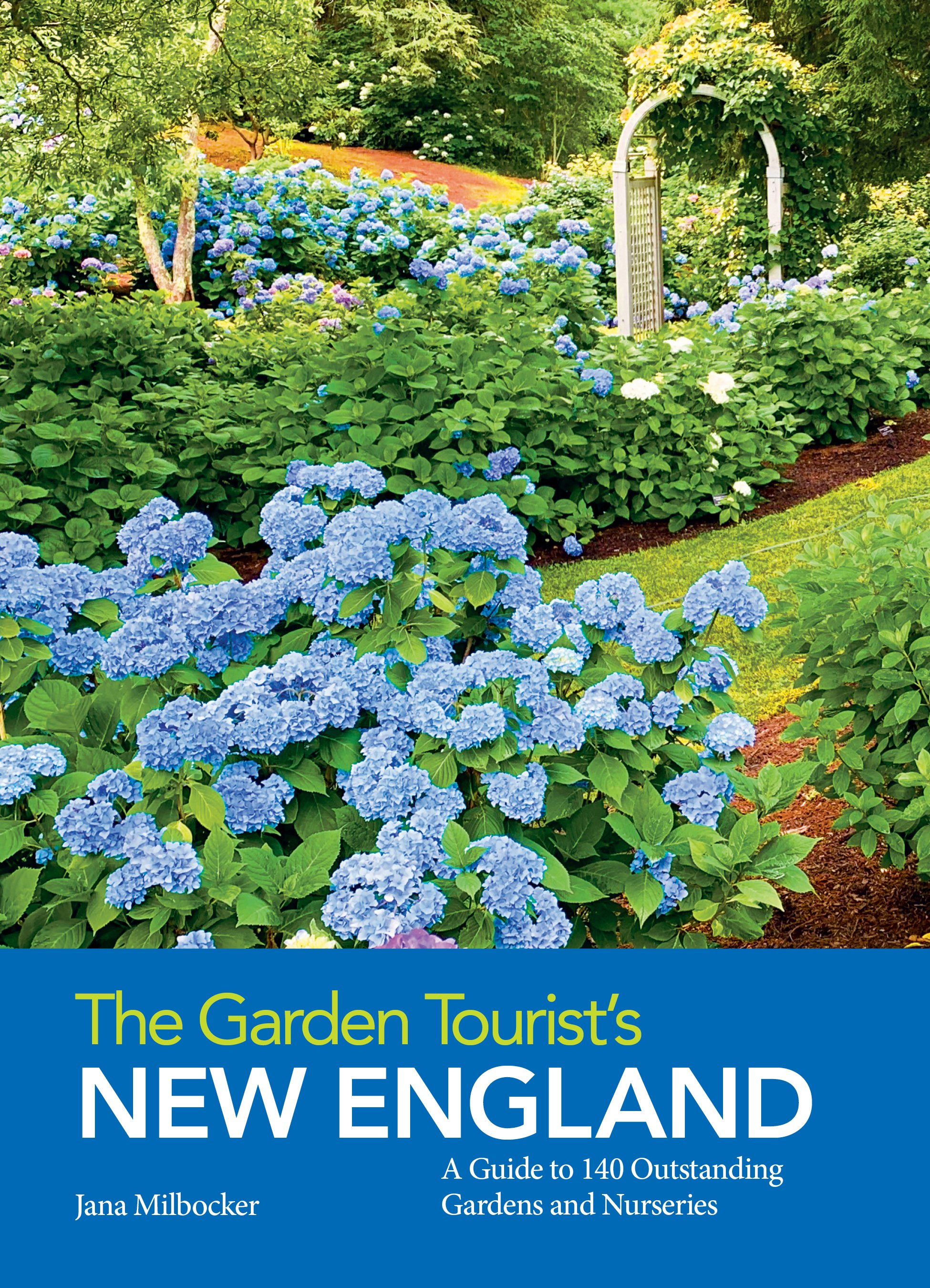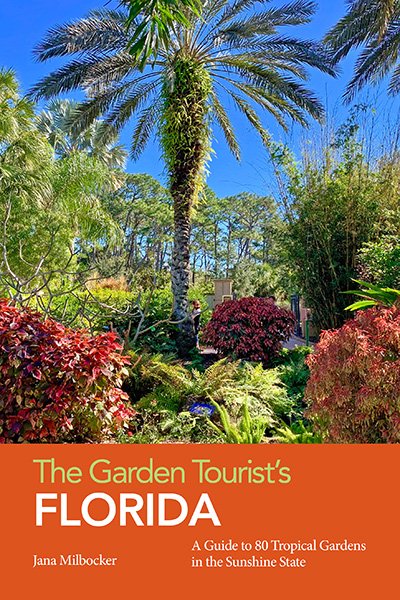10 Outstanding Mail-Order Nurseries for 2021
/Once the holidays are over, I begin thinking about new plants for the garden. Here are some of my favorite mail-order nurseries for perennials, trees and shrubs that you will want to peruse in 2021, organized by plant specialty. For more nursery recommendations, see The Garden Tourist, and The Garden Tourist’s New England books in the Shop.
Perennial selection
Bluestone Perennials
Bluestone Perennials was one of the first mail-order nurseries that I purchased perennials from when I began gardening. Most of those perennials -geraniums 'Wargrave Pink' and 'Johnson's Blue', lobelias and astilbes, to name a few, are still growing in my garden 20 years later. Bluestone carries a huge selection of perennials, as well as bulbs and shrubs, from reliable standbys to exciting new hybrids. If you need help with plant combinations, you can order pre-planned theme gardens, such as a Butterfly Garden, Cutting Garden or Lamp Post Garden. Robust plants are shipped in 3-1/2" x 4" plantable pots. The nursery has been family-owned and operated since 1972, and provides excellent customer service. Catalog available. bluestoneperennials.com
Clematis and other vines
Brushwood Nursery
If you are looking for clematis or other climbers, Brushwood Nursery is an excellent source. Brushwood offers hundreds of clematis varieties as well as honeysuckles, trumpet vines, passion flowers, wisteria and jasmines. The informative website is a virtual encyclopedia of clematis - you will have a hard time narrowing down your choices! I was inspired to try clematis after hearing Cheryl Monroe's lecture, and she recommended Brushwood. Since then, I have ordered plants for myself and as gifts for friends, and they have all done beautifully. Owner Dan Long takes great care in selecting, growing and shipping healthy, vigorous plants. They now sell all the vines in one-gallon pots with free shipping. brushwoodnursery.com
Roses
Palatine Roses
When I replanted my rose bed three years ago, I was determined to use hardy, disease-free roses. I ordered bare root rose bushes from several sources, and the best plants came from Palatine Roses in Ontario. The roses had well-developed root systems and strong canes, and flourished during the entire season with no signs of black spot or other diseases. I had blooms through November. Palatine has a minimum order of 3 roses, and the mail order deadline is March 15 for spring shipping. palatineroses.com
Peonies
Peony’s Envy
Peony’s Envy is home to more than 700 varieties of tree, herbaceous, and intersectional peonies that enjoy cult status among aficionados. In addition to ordering online, you can visit Peony’s Envy from May to mid-June to see and smell the luscious blooms in person. The seven-acre production garden is also a beautiful display garden, with formal flower beds, stone walls, and meandering paths through the woodland. peonysenvy.com
Hellebores
Pine Knot Farms
Hellebores have a special place in my heart, and there is no better place to look for new varieties than Pine Knot Farms. Judith and Dick Tyler have been breeding hellebores for more than 25 years, with stock plants from the UK, the Balkans, Japan, Australia and New Zealand. The couple authored a comprehensive book on Hellebores in 2006. I hope to visit their North Carolina nursery someday, but in the meantime, I try some of their new offerings every year. pineknotfarms.com
Hostas
New Hampshire Hostas
If you have a shady garden or just love to collect hostas, you will enjoy ordering from New Hampshire Hostas in South Hampton, New Hampshire. There are more than 900 hostas on offer, along with companion plants such as ferns, epimediums, hellebores, astilbes and other perennials. Plants arrive with good sized root systems and are ready to be planted in the garden. The website is informative and well-indexed. nhhostas.com
Spring and summer bulbs
Van Engelen
Located in Connecticut, Van Engelen offers a wide range of spring and summer-blooming bulbs at wholesale prices. What that means is that quantities begin at 25 of one bulb, and range up to 1000. The selection is excellent, with 28 varieties of alliums, Orienpet, Asiatic, Chinese Trumpet and naturalizing lilies, 15 varieties of fritillary, and much more. vanengelen.com
Rhododendrons and magnolias
RareFind Nursery
RareFind prides itself on selling plants that you cannot find in your local garden center. Special collections include witch hazels, azaleas, magnolias (including unusual yellow-flowered varieties), hydrangeas, and carnivorous and bog plants. rarefindnursery.com
Tree peonies & unusual fruits
Cricket Hill Garden
Cricket Hill Garden was one of the first nurseries to collect and propagate tree peonies imported from China. Their vast collection has grown to include herbaceous and Intersectional peonies, as well as unusual fruit trees and berries such as PawPaw, mulberry, medlar, elderberry, persimmon and more. treepeony.com
Mountain Laurels & Japanese Maples
Broken Arrow Nursery
Broken Arrow Nursery is widely acknowledged in gardening circles as a source for rare plants, particularly trees and shrubs. Owner Dick Jaynes is a world expert on Mountain Laurels, and you can purchase many of his hybrids as well as unusual firs, Japanese Maples, magnolias, and variegated and weeping varieties of virtually any tree or shrub. brokenarrownursery.com
Unusual plants
Plant Delights
Owner Tony Avent collects rare and unusual plants from all over the world during his frequent plant hunting expeditions and from other prominent collectors. He also conducts his own plant breeding programs with special focus on hostas, trilliums, cyclamen and other perennials. These plants are trialed for several years in the nursery’s field beds before they are introduced to the public. There are more than 1700 varieties available on the website. plantdelights.com
Epimediums
Garden Vision
Garden Vision has specialized in epimediums since 1997, and offer more than 200 hybrids for sale. Like other plant species, epimediums have developed collector status, and Garden Vision is fondly referred to as the “Epi-Center of the Universe.” Most of the epimediums were collected or hybridized by plant hunter Darrell Probst. epimediums.com

